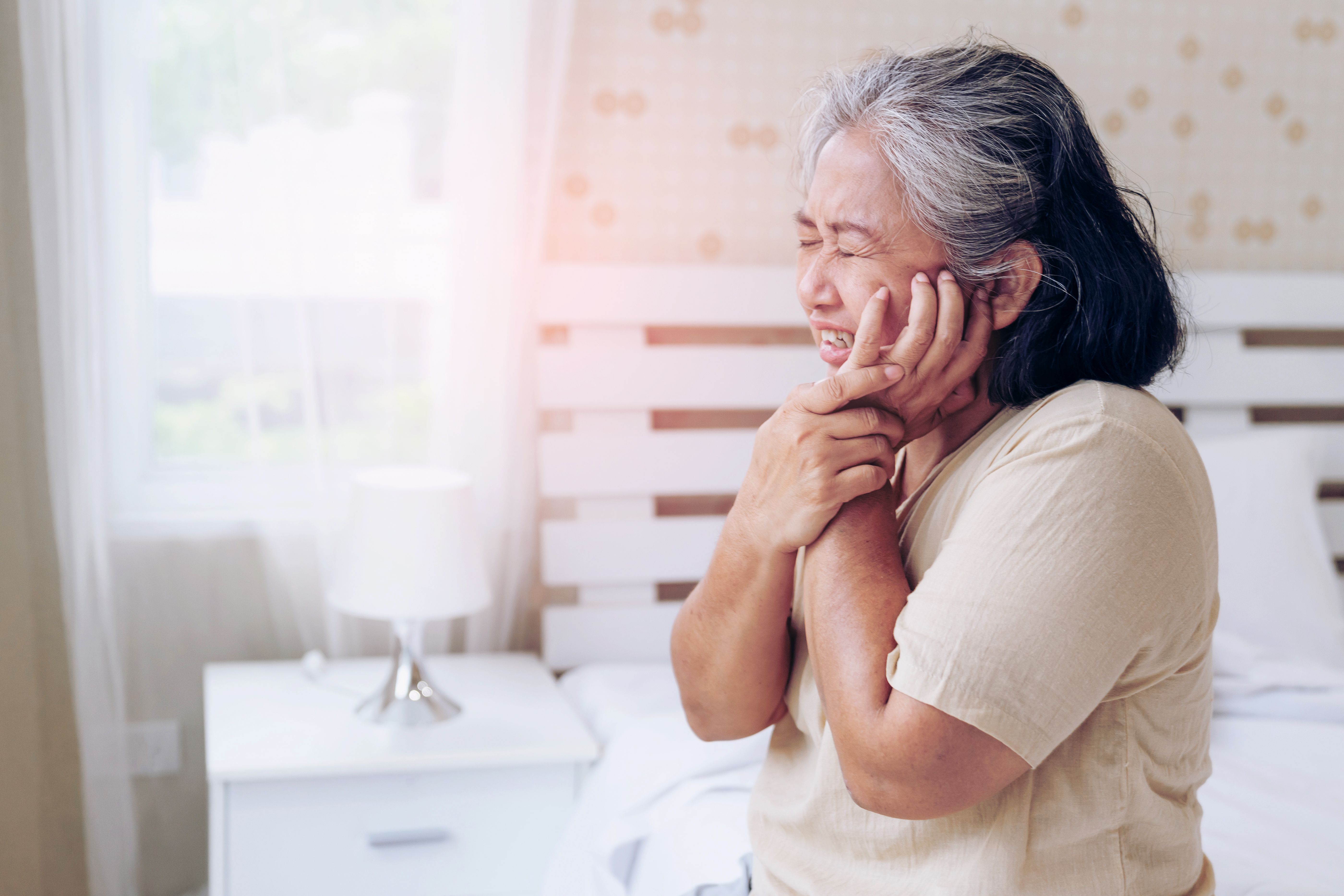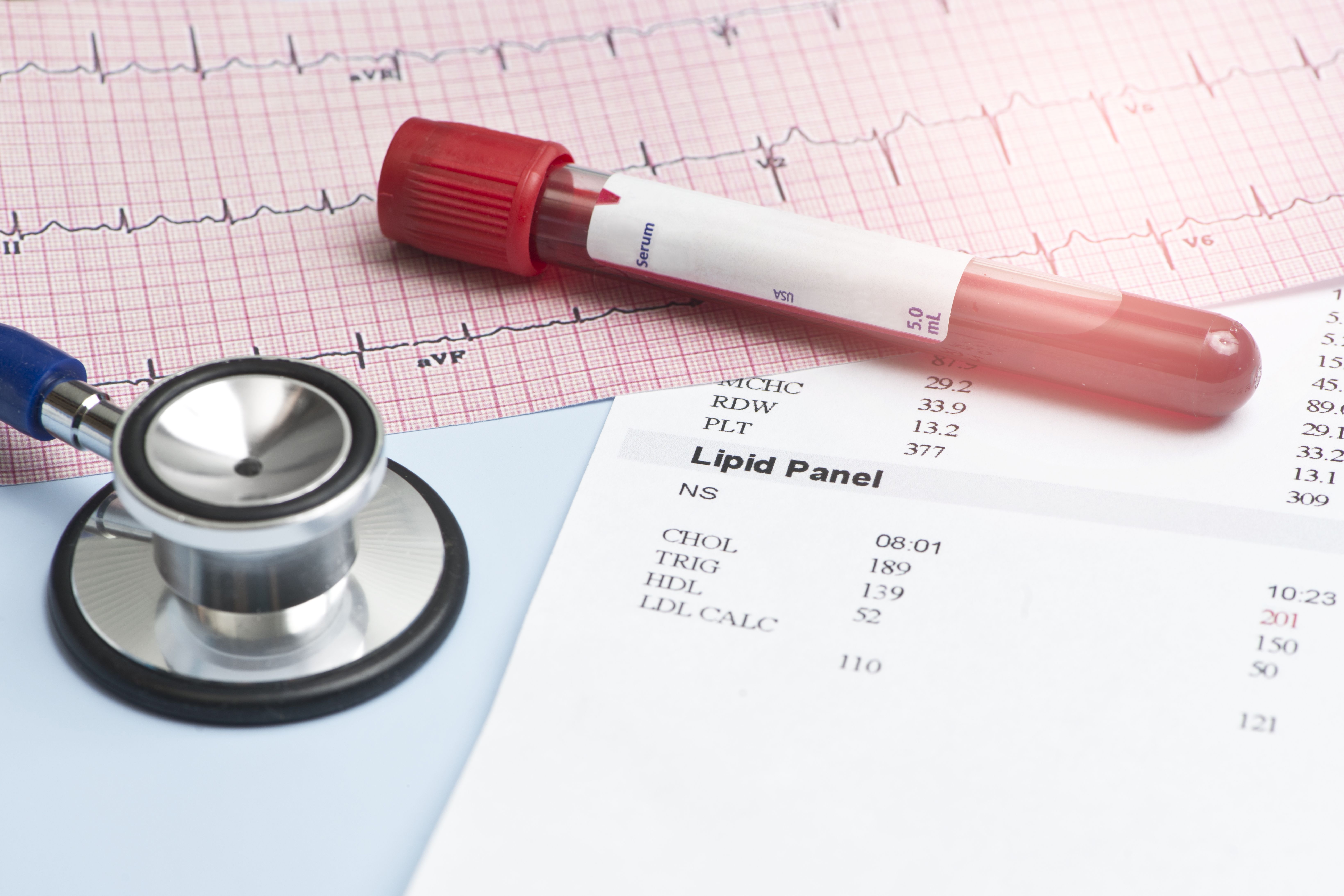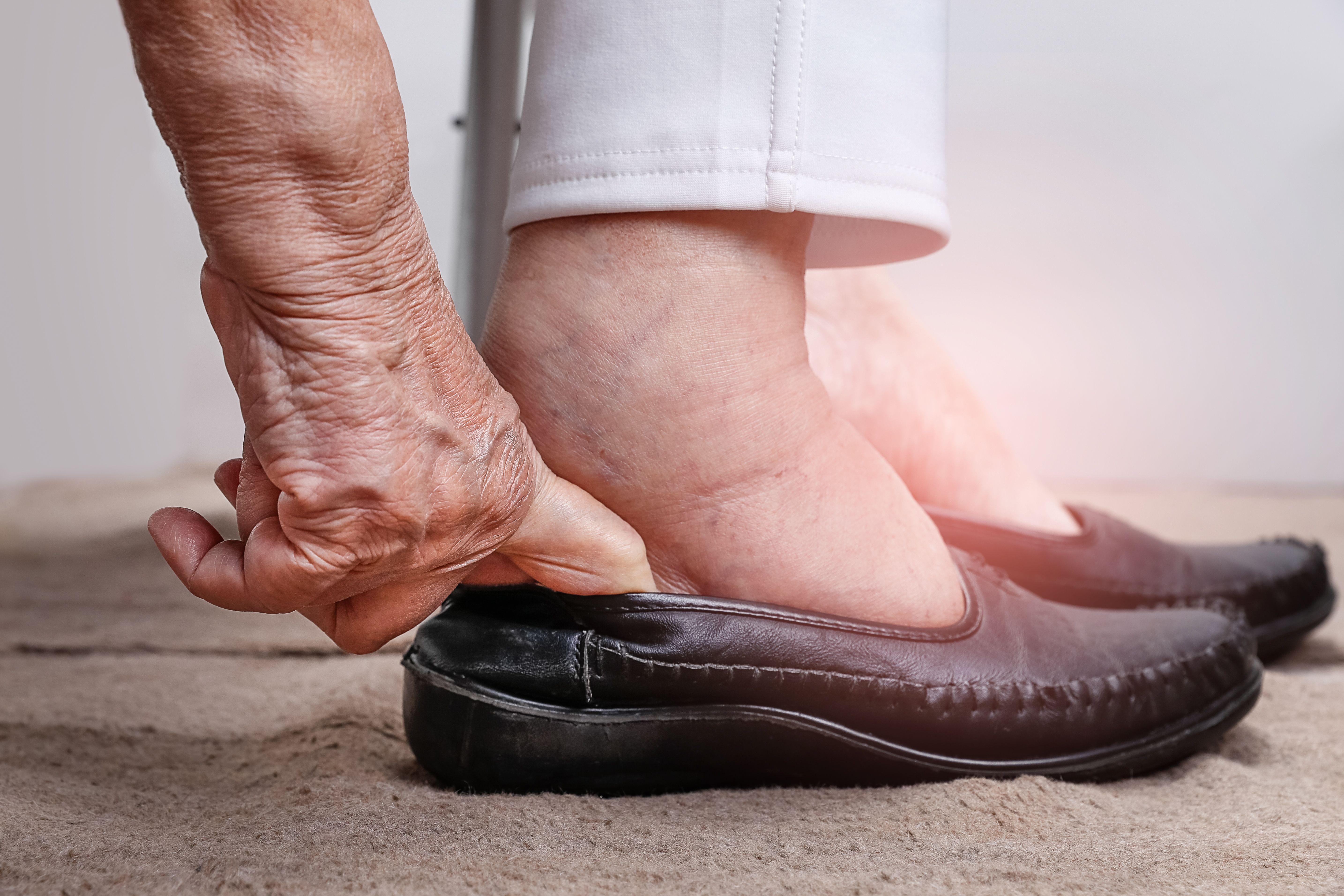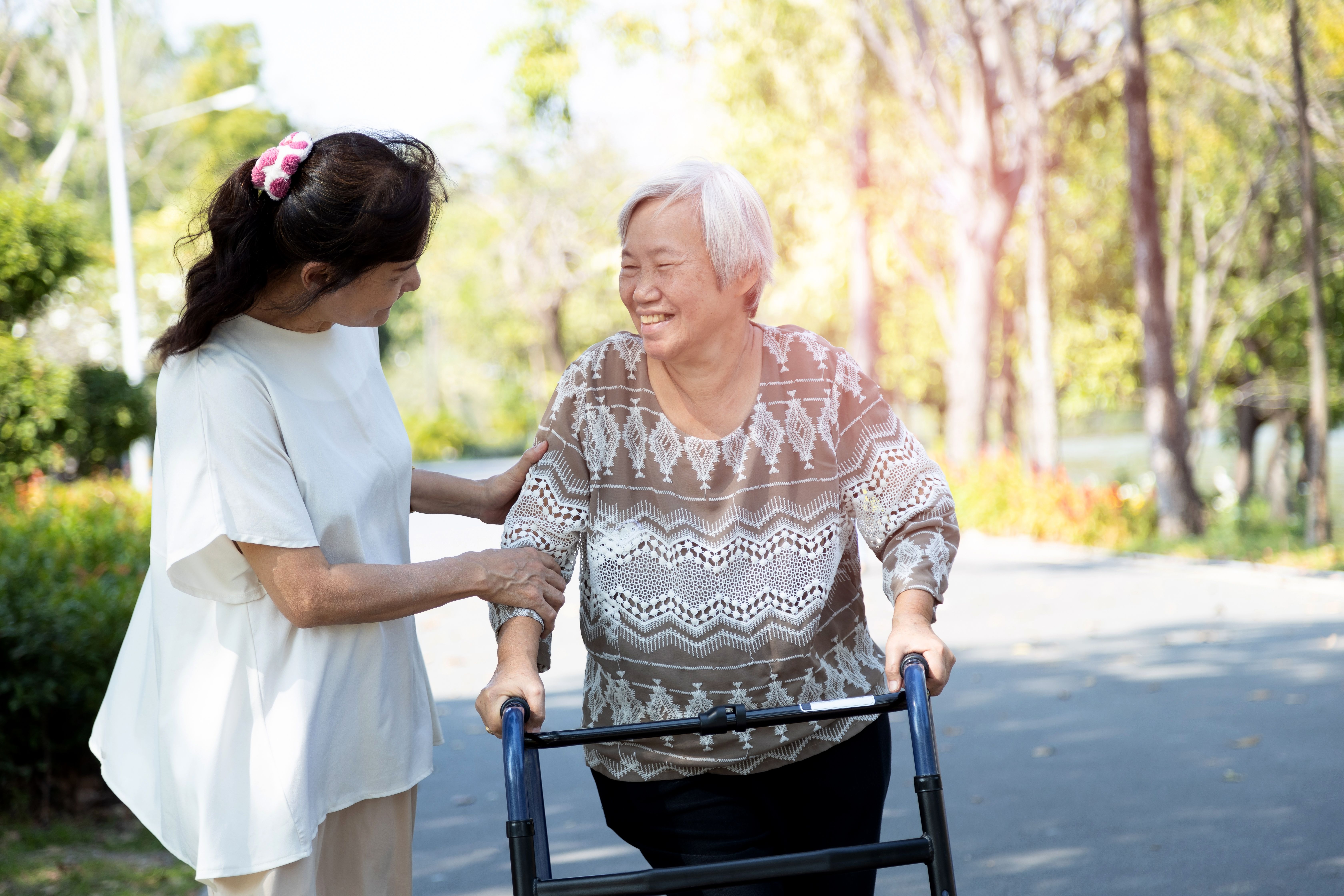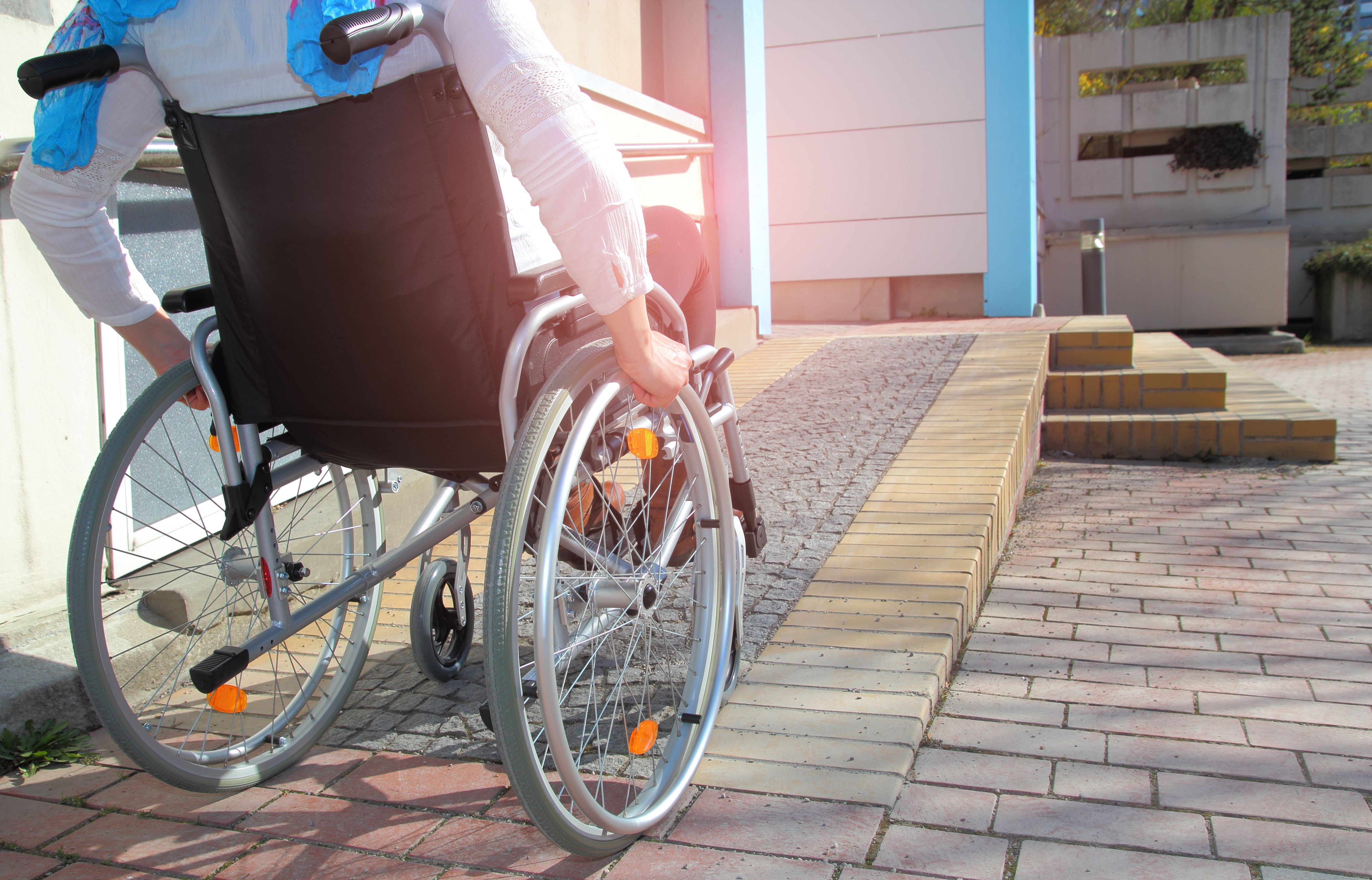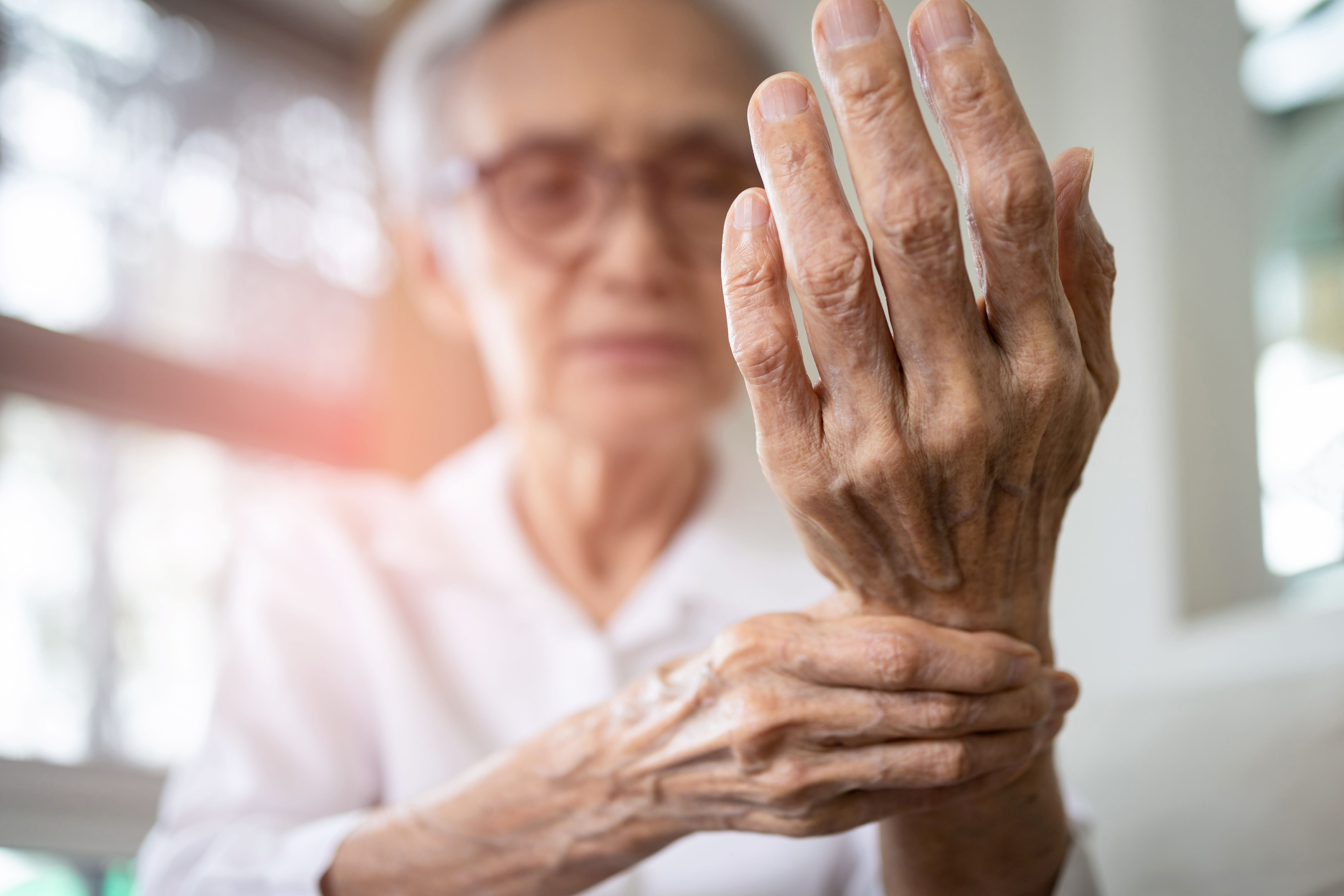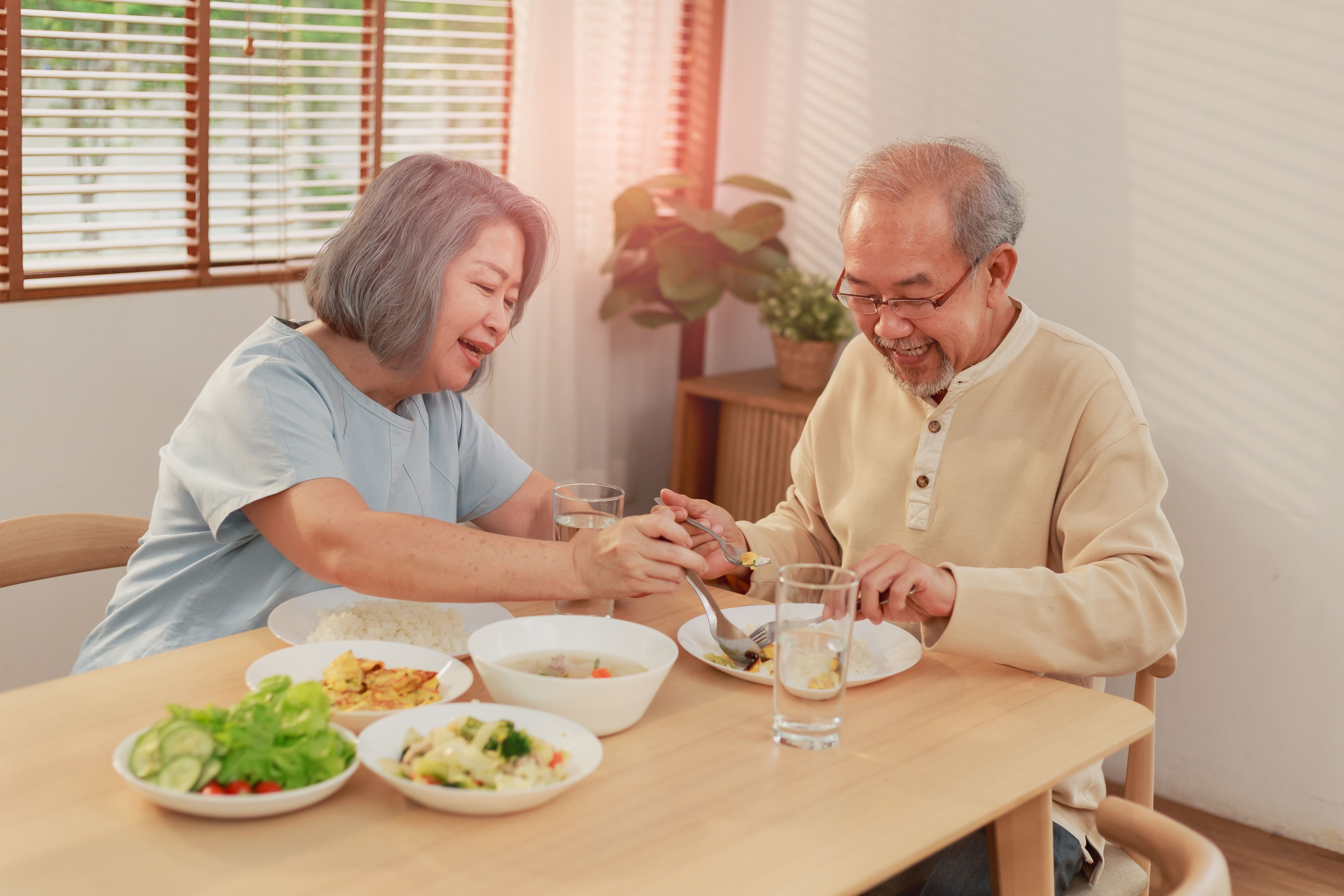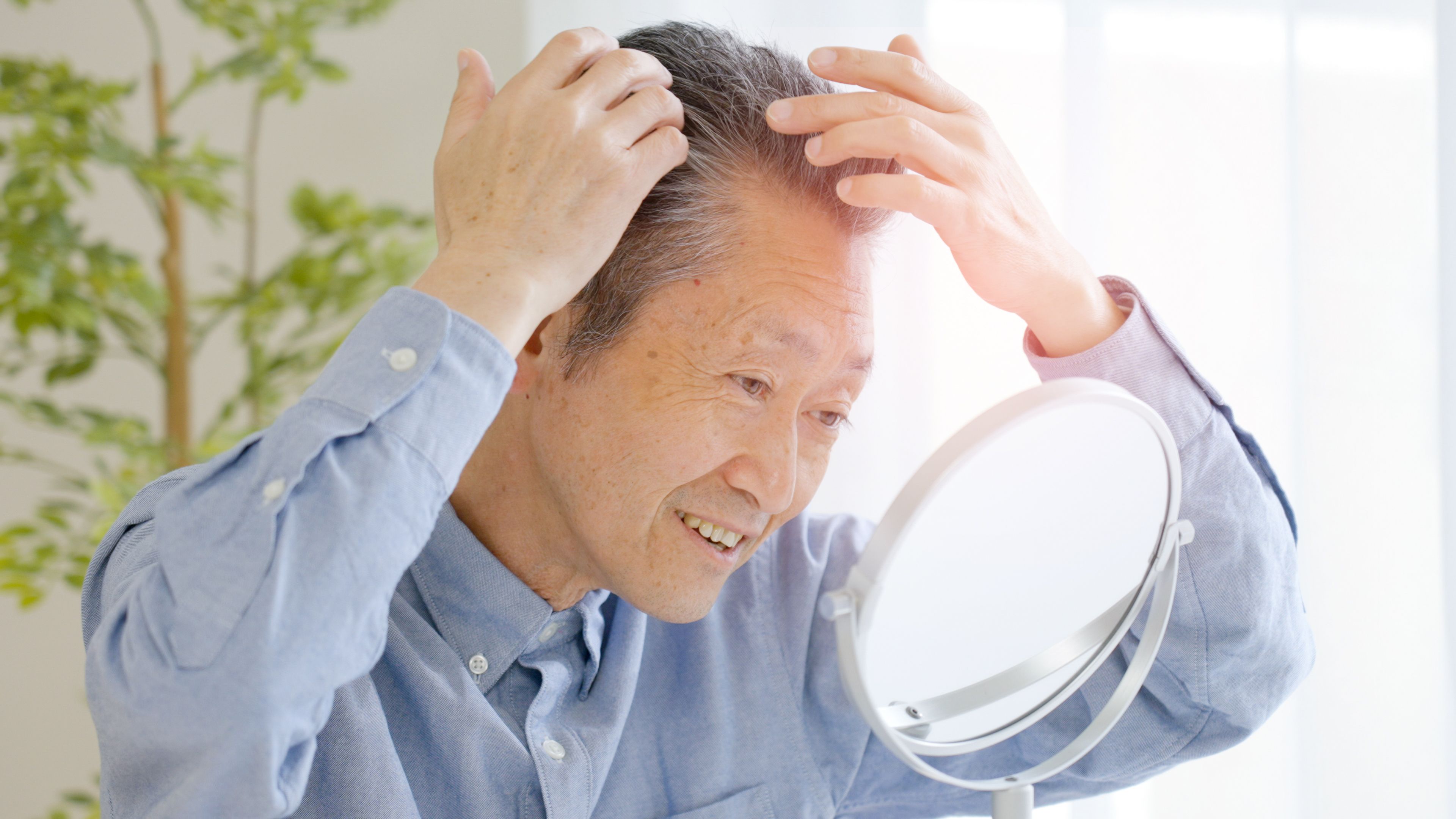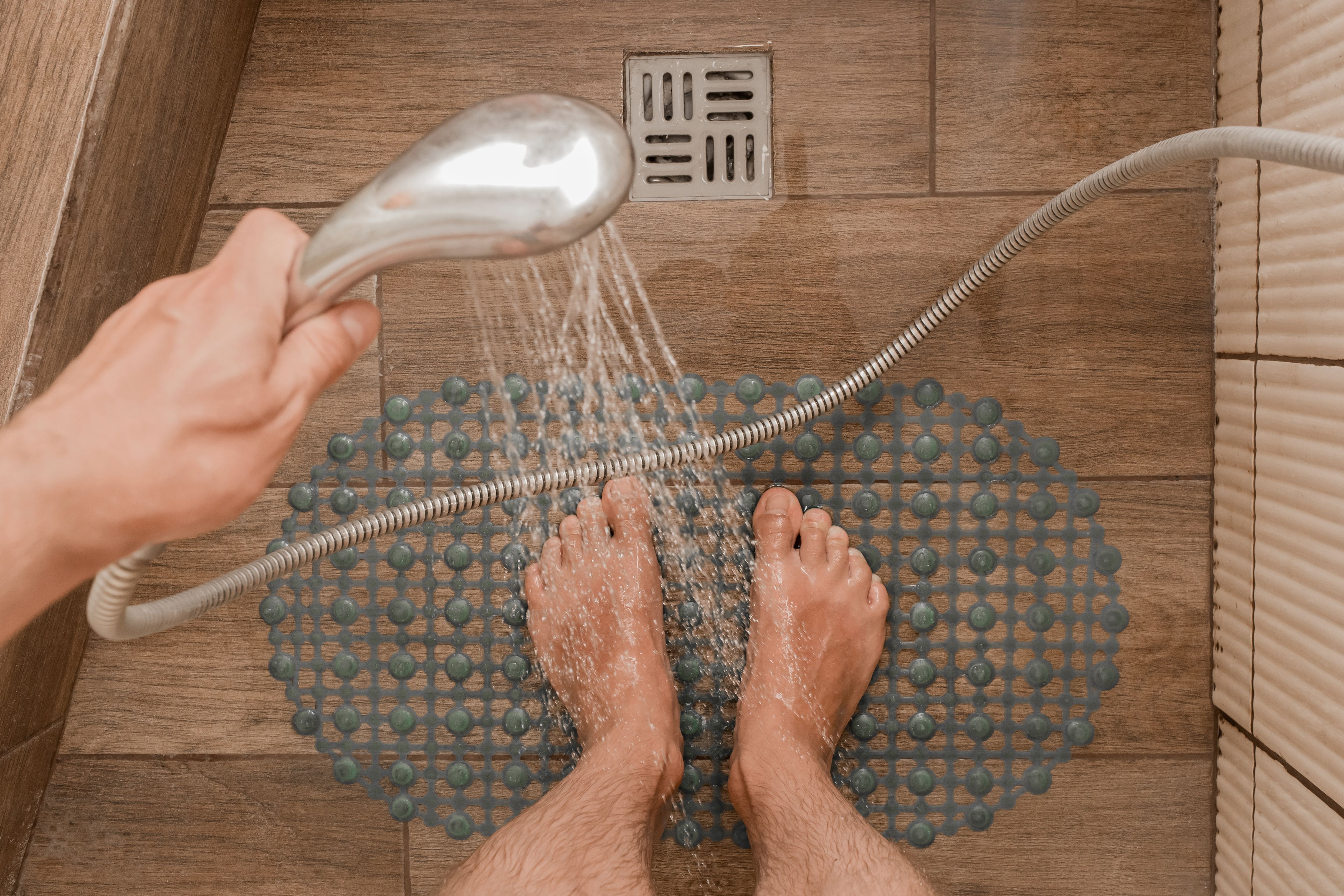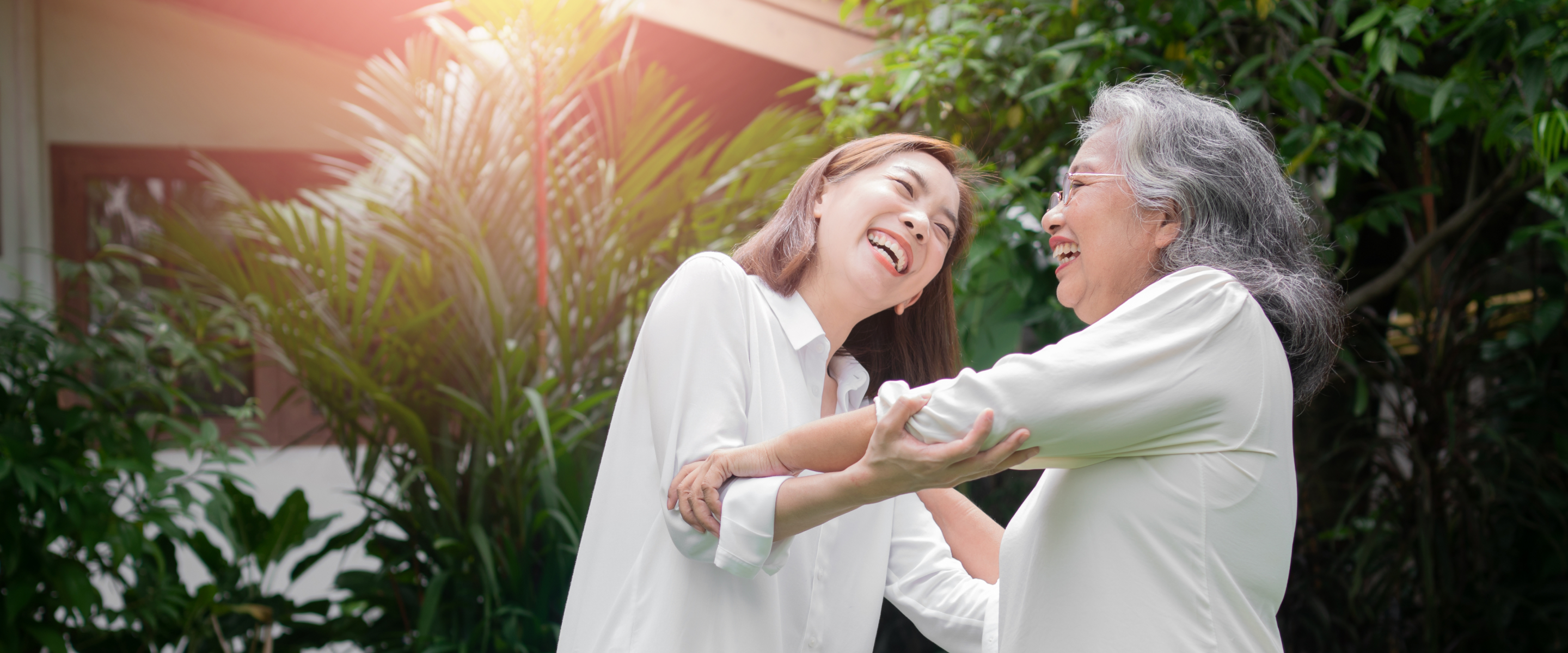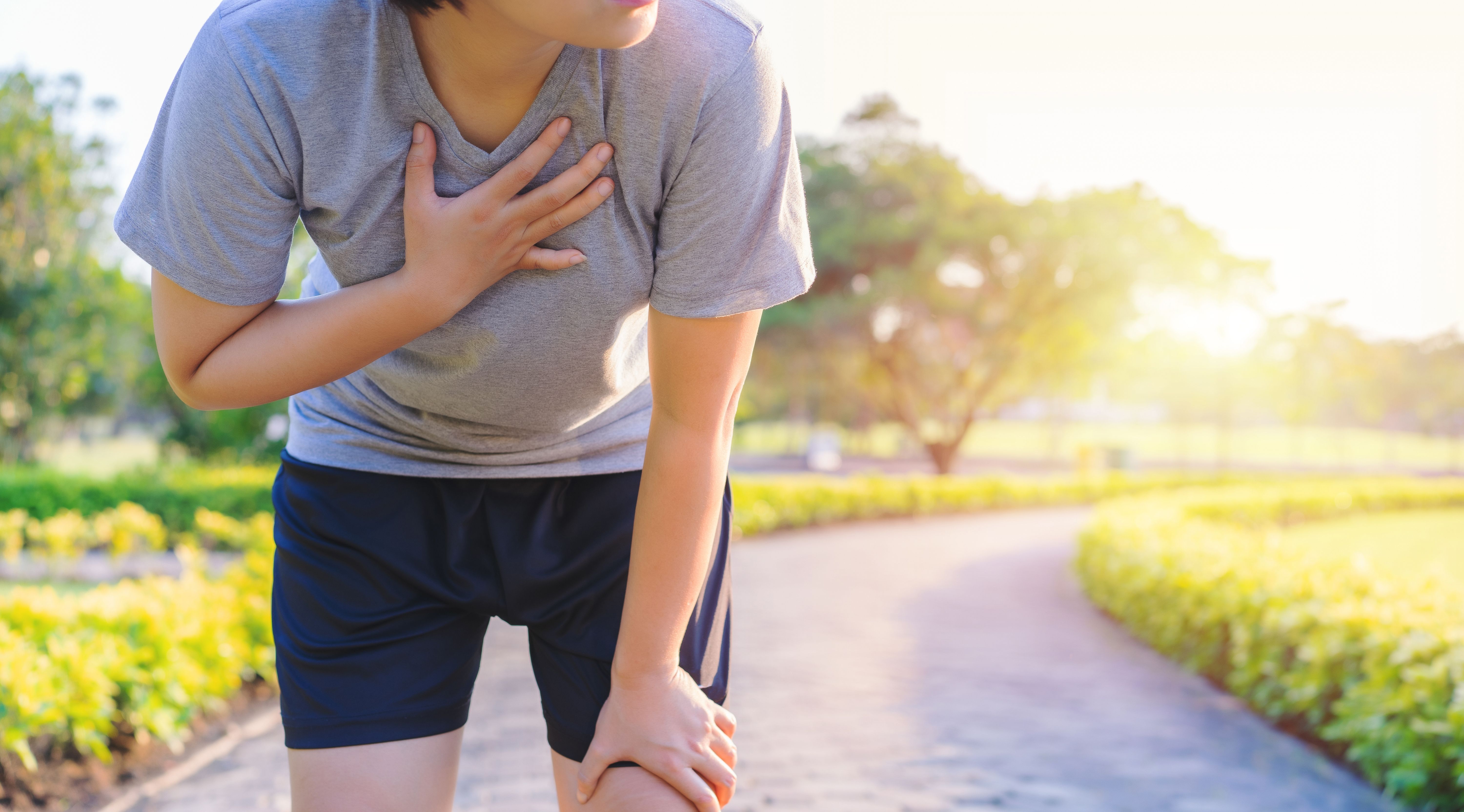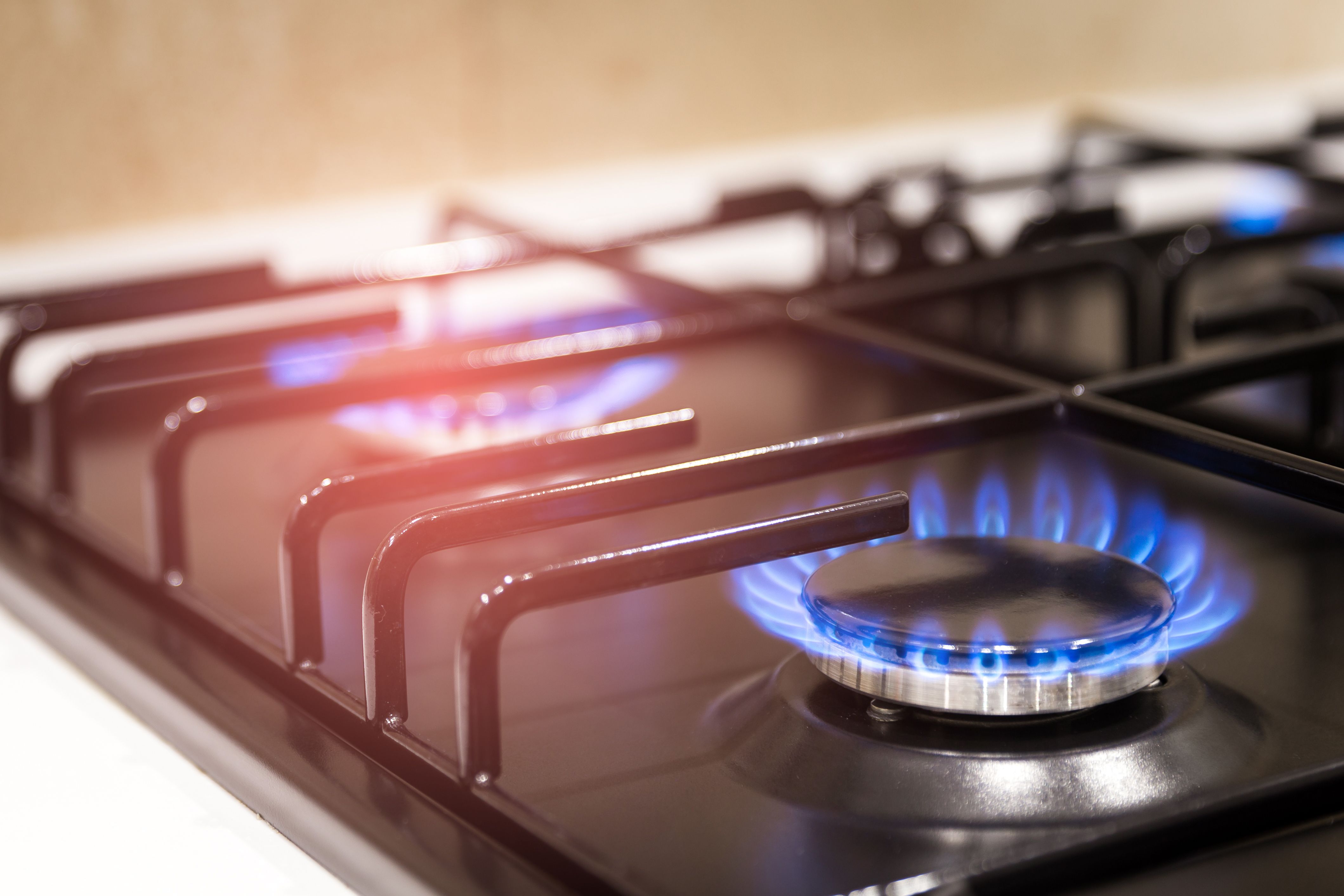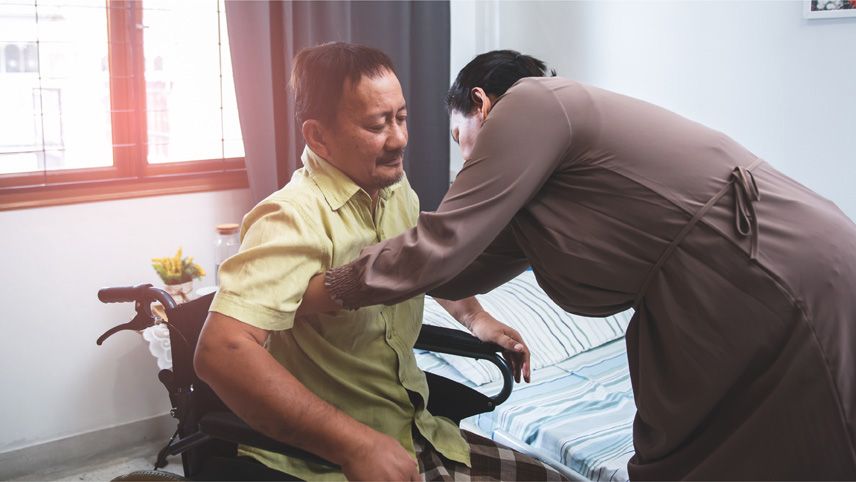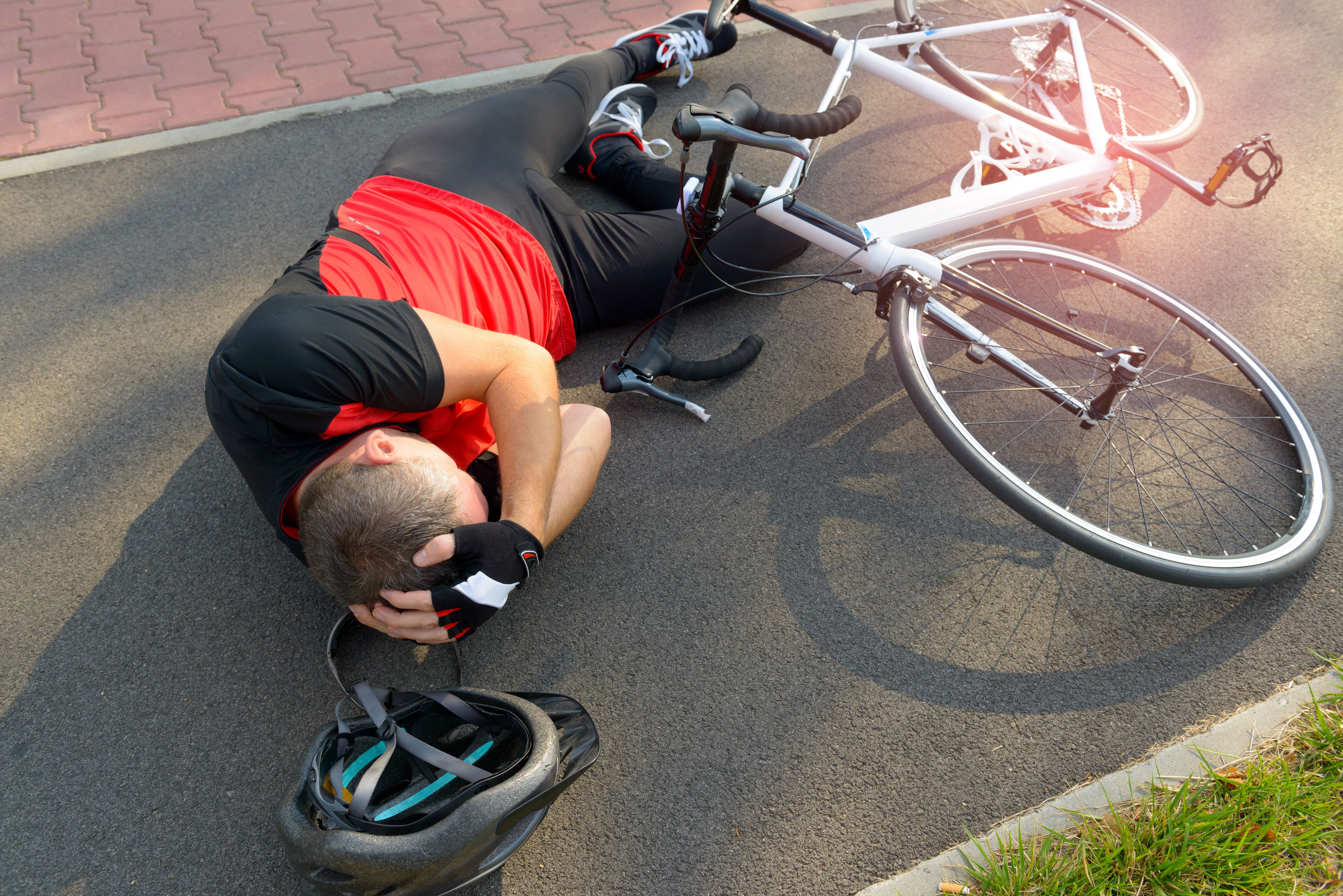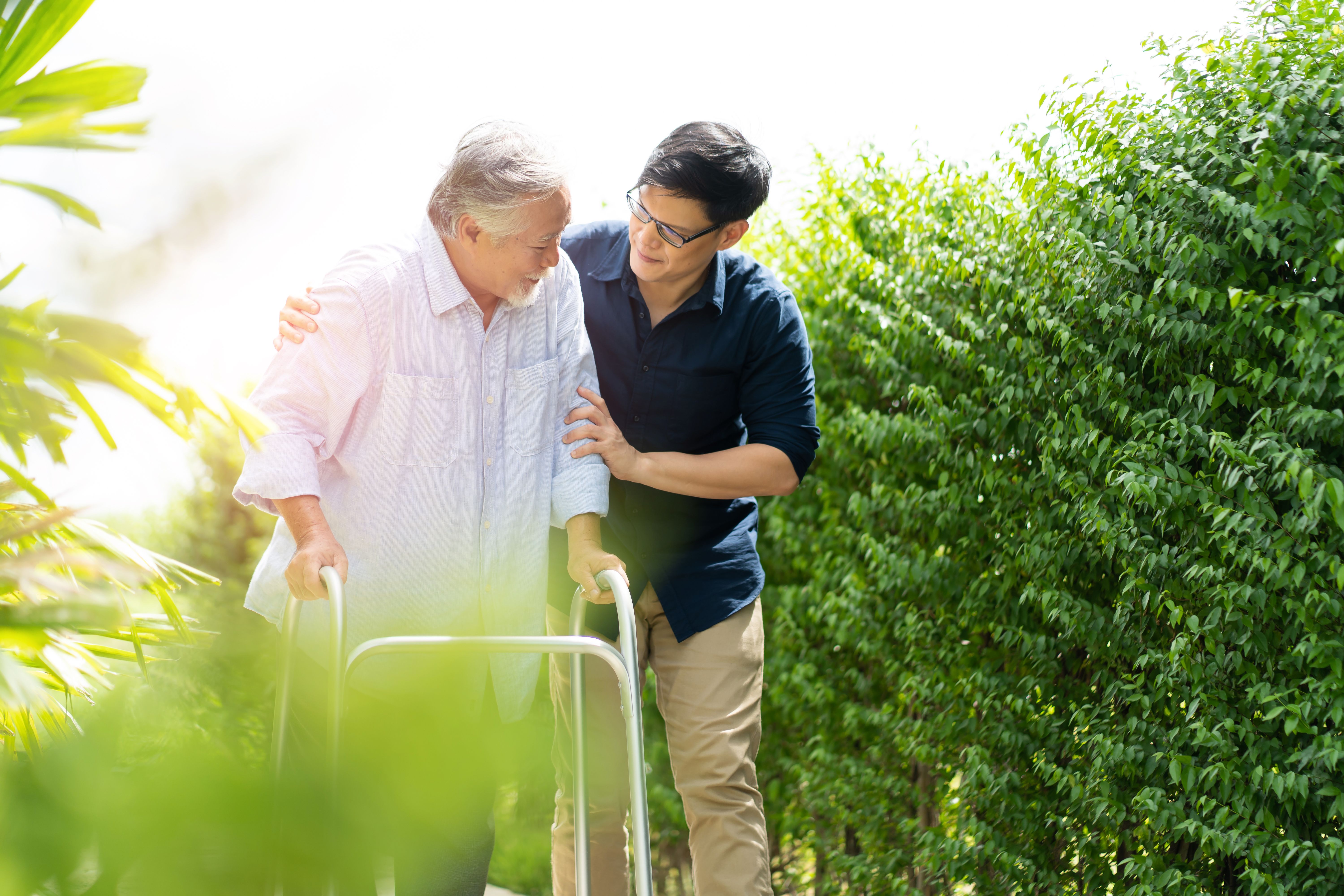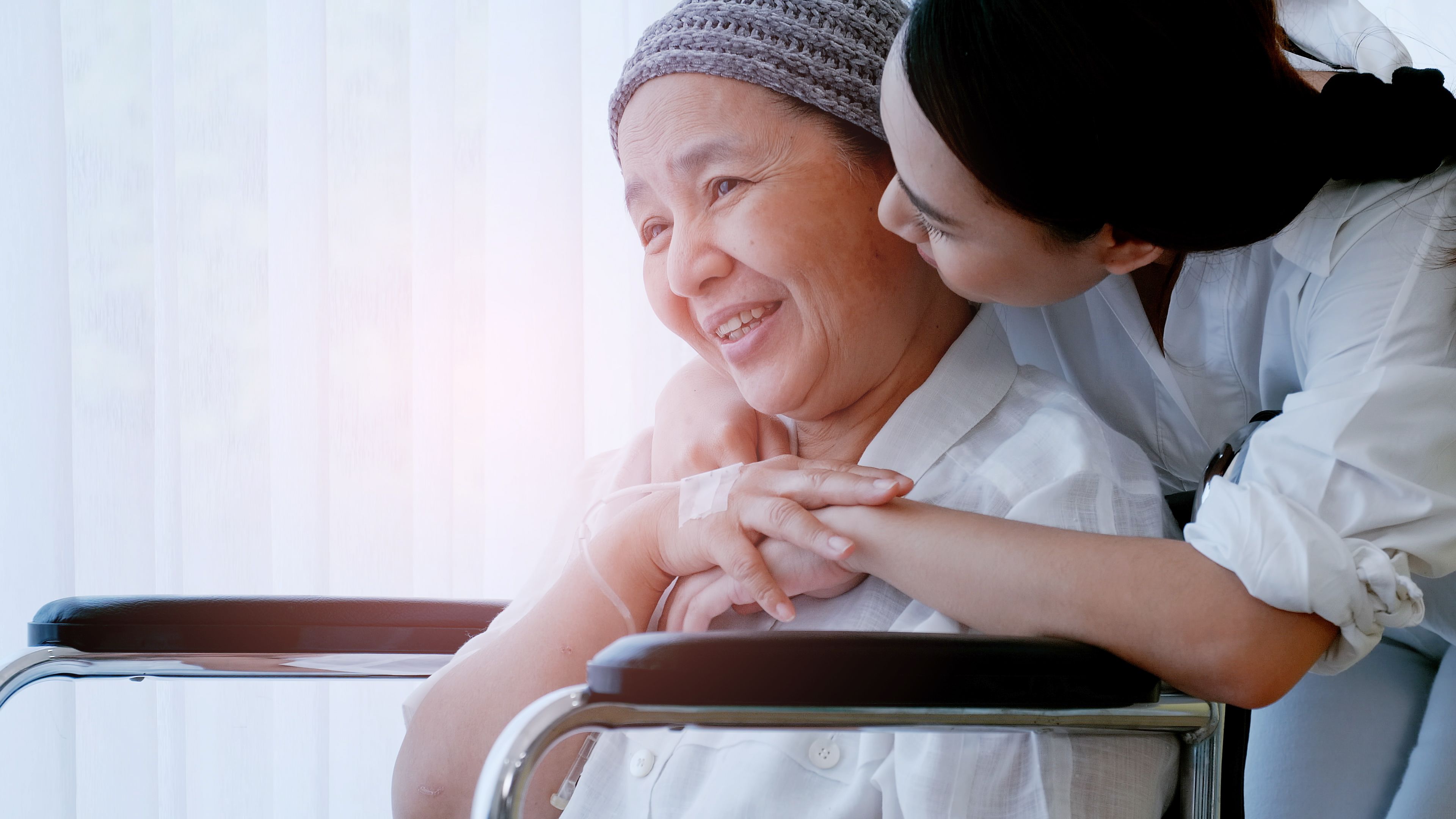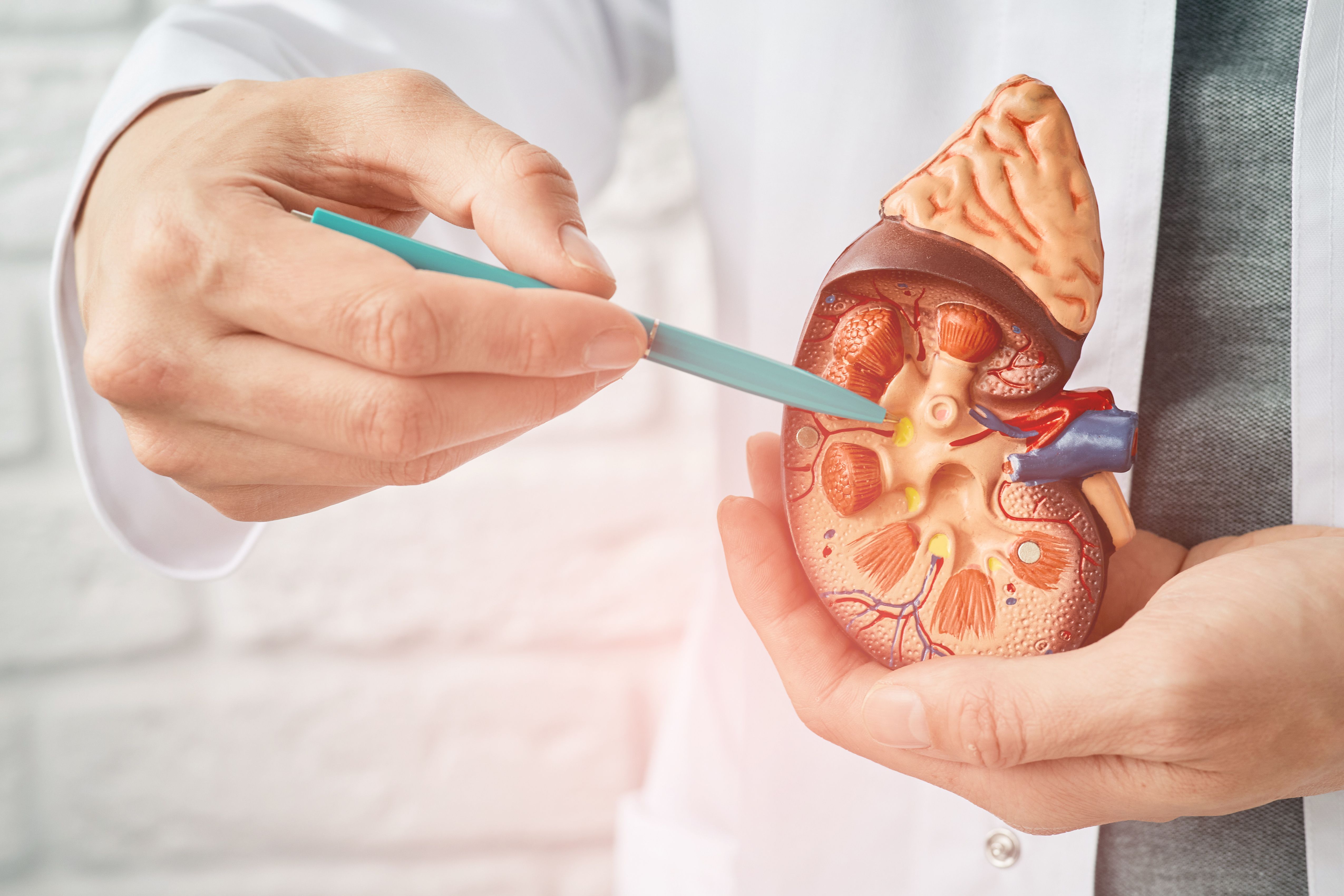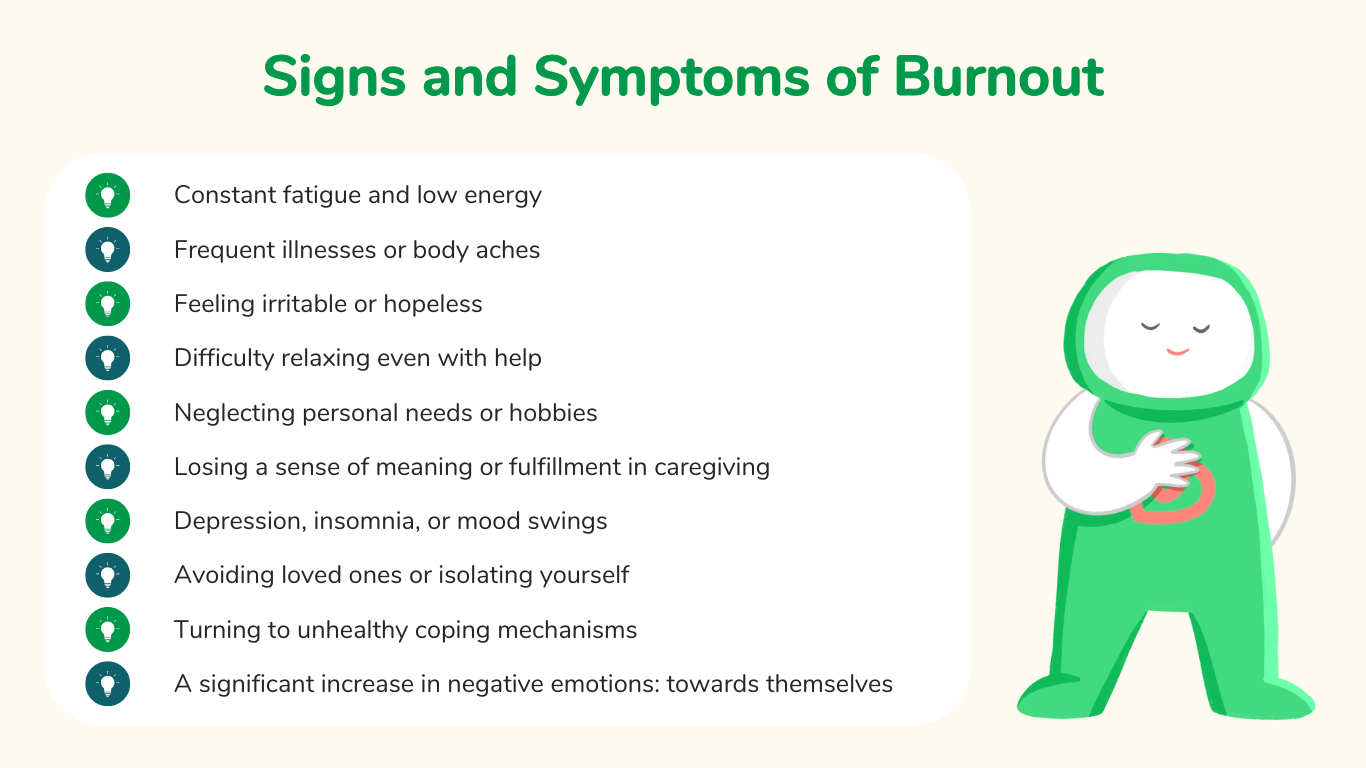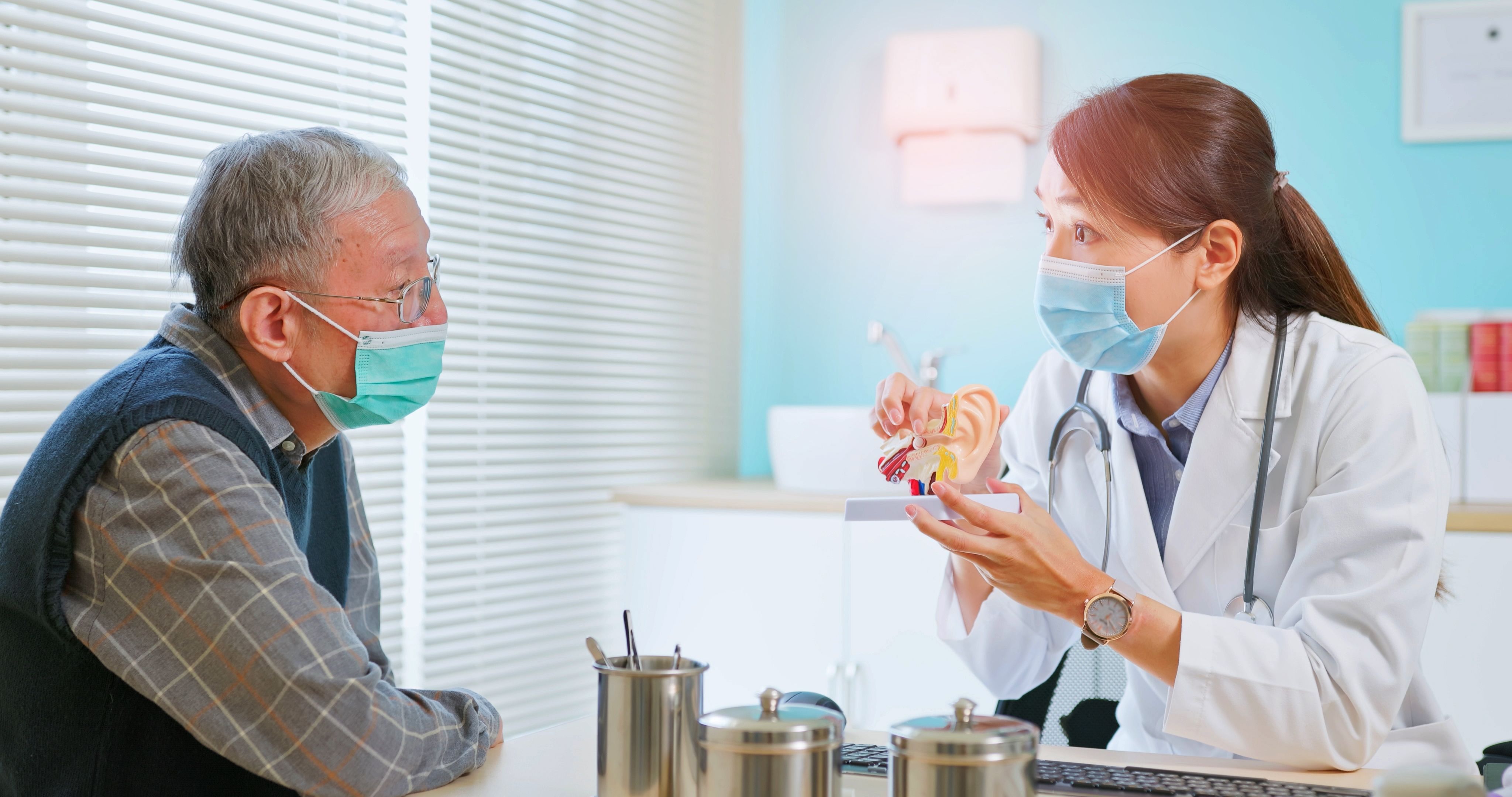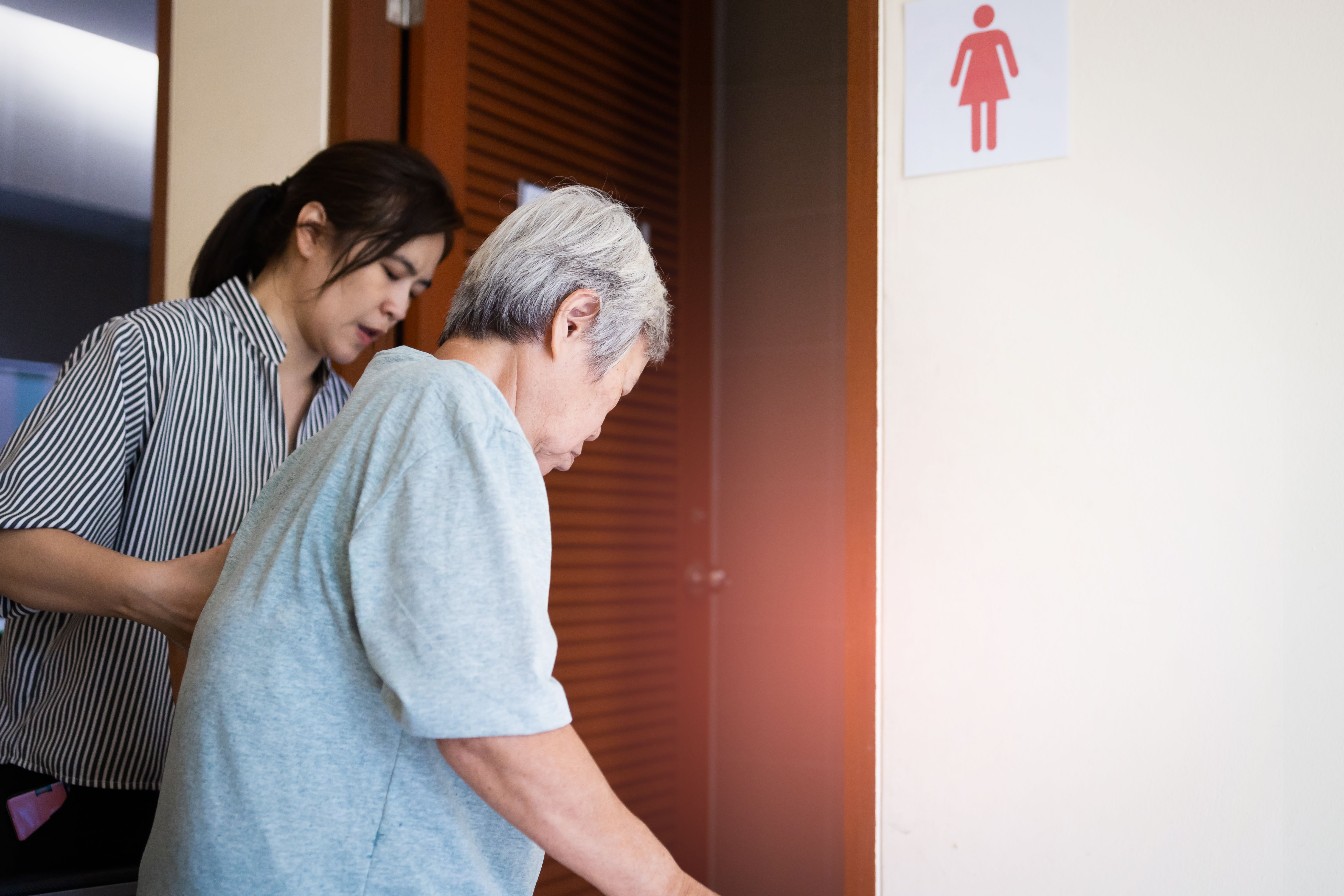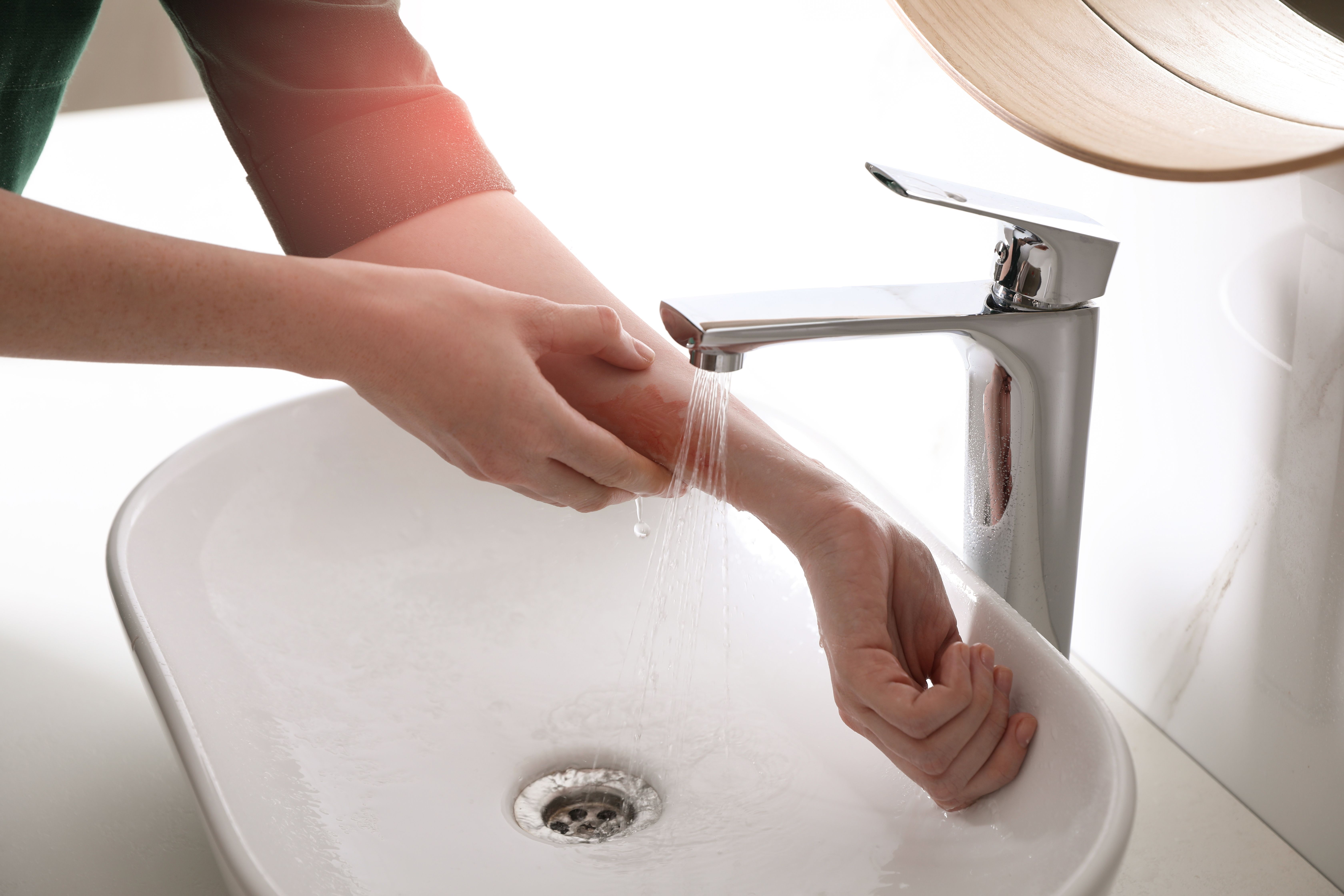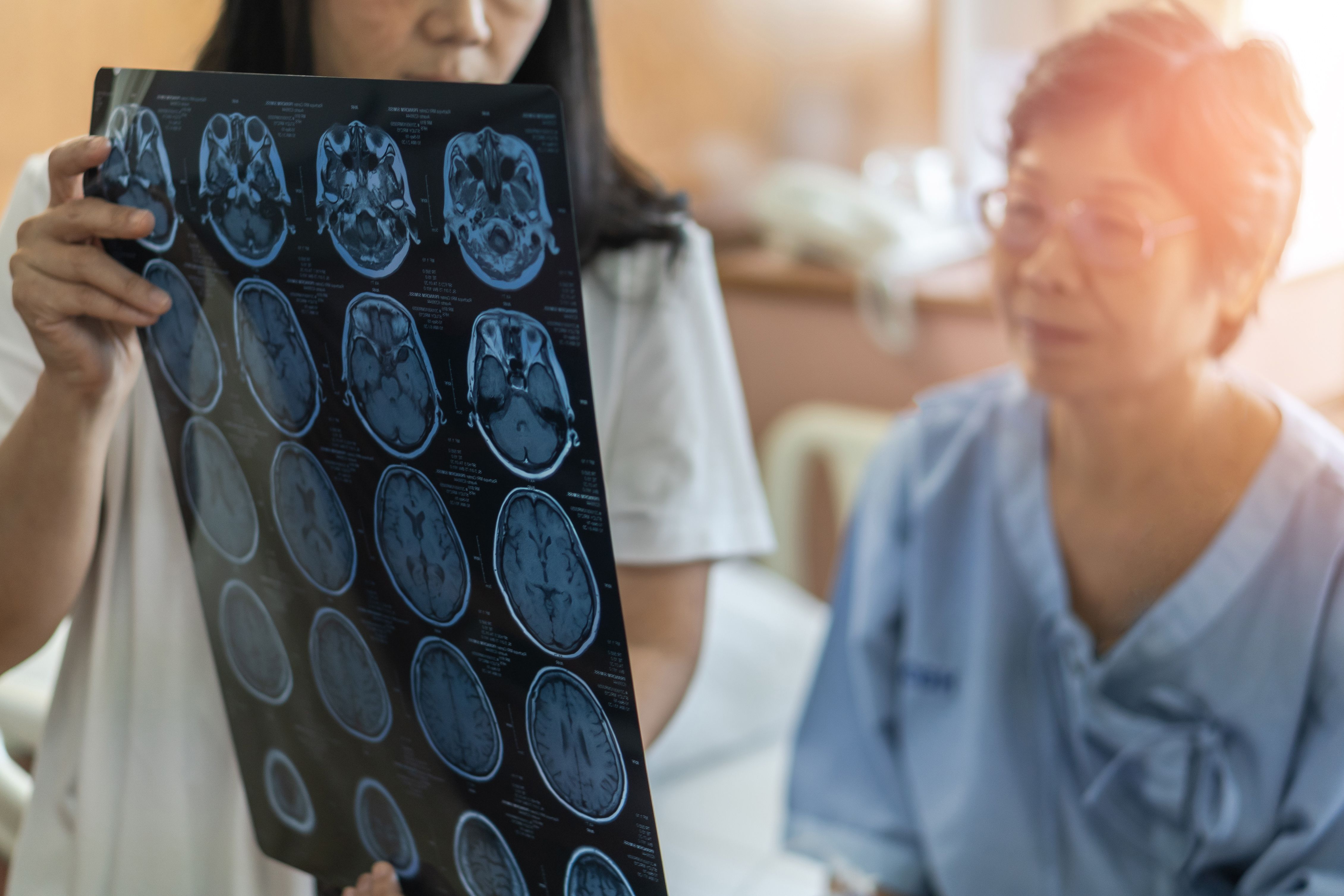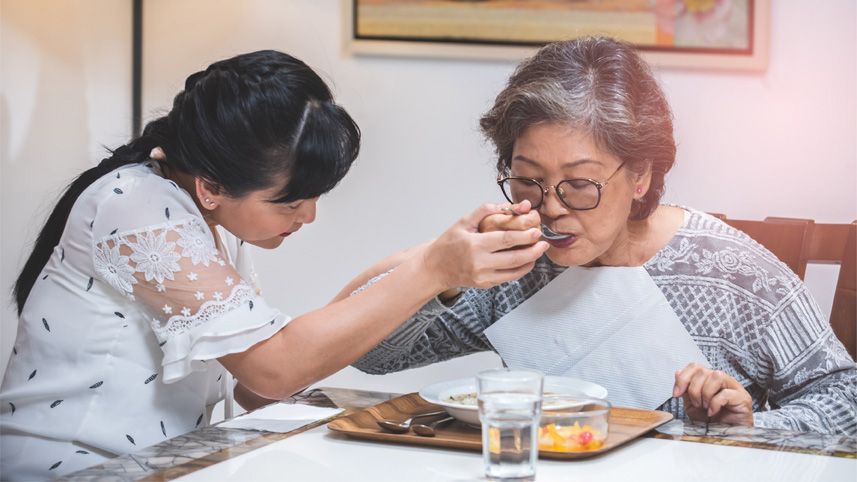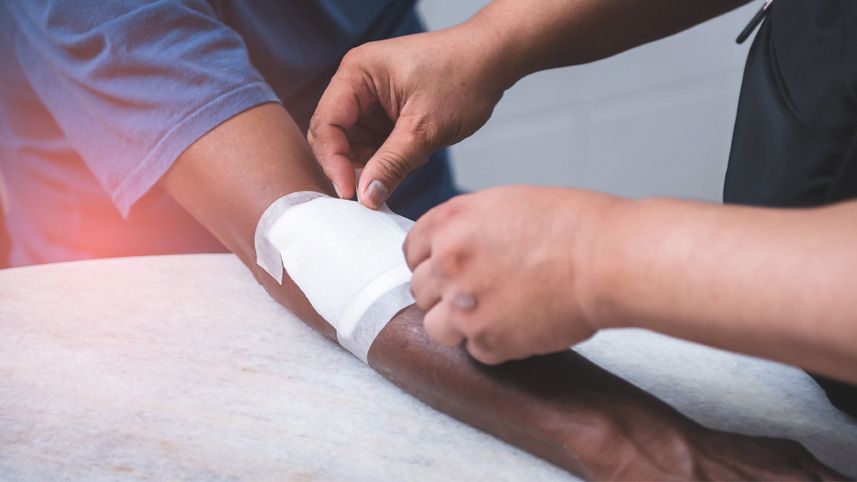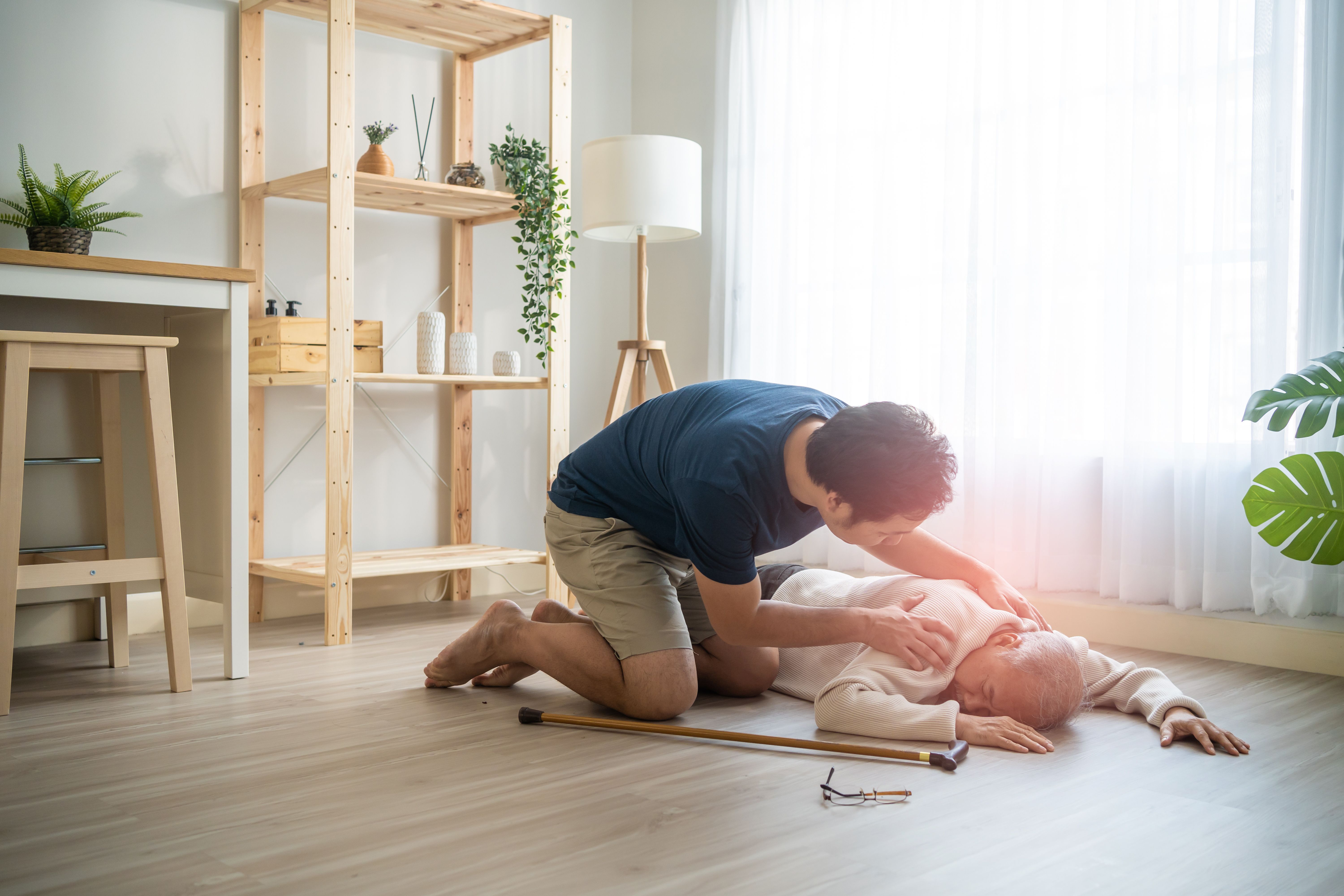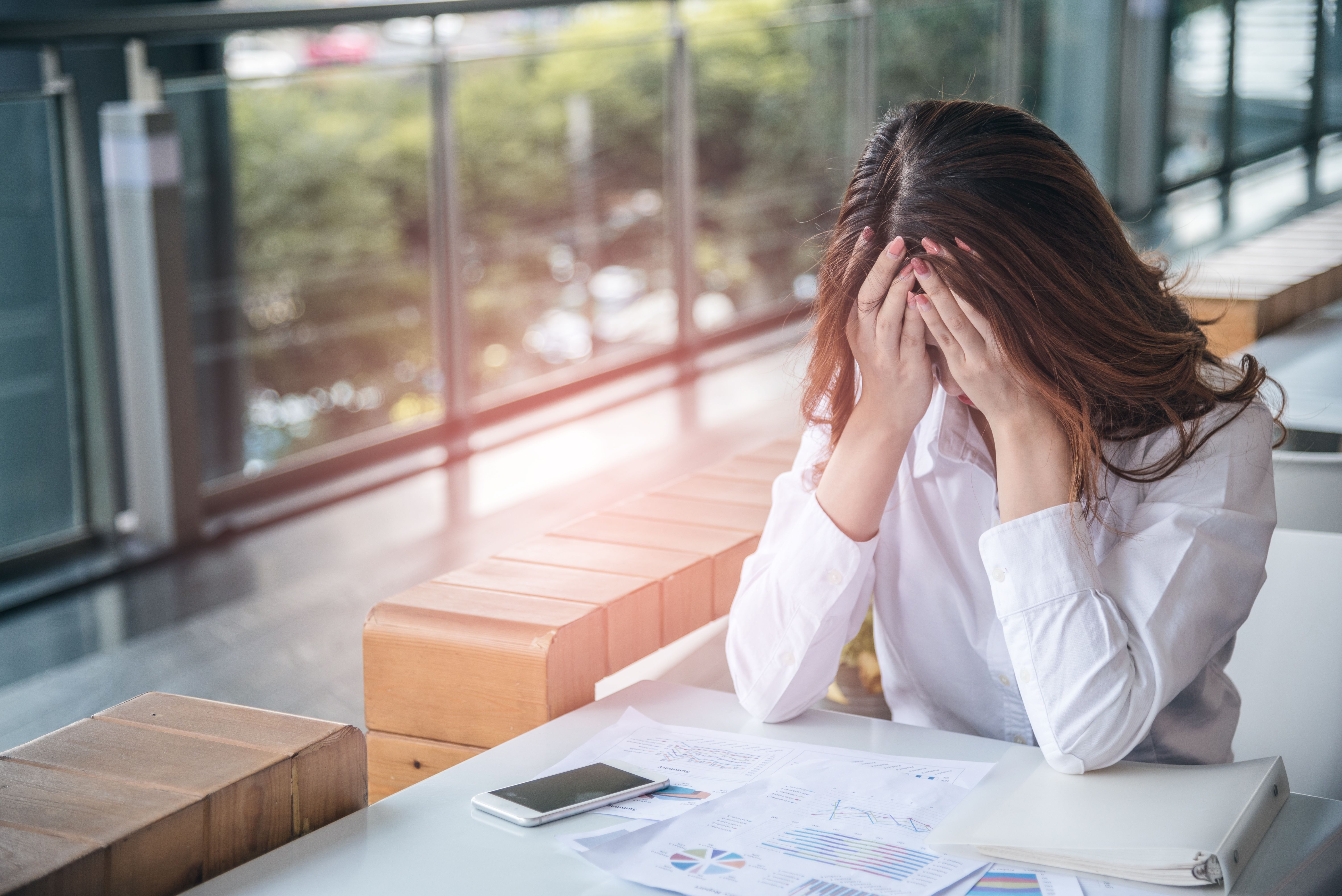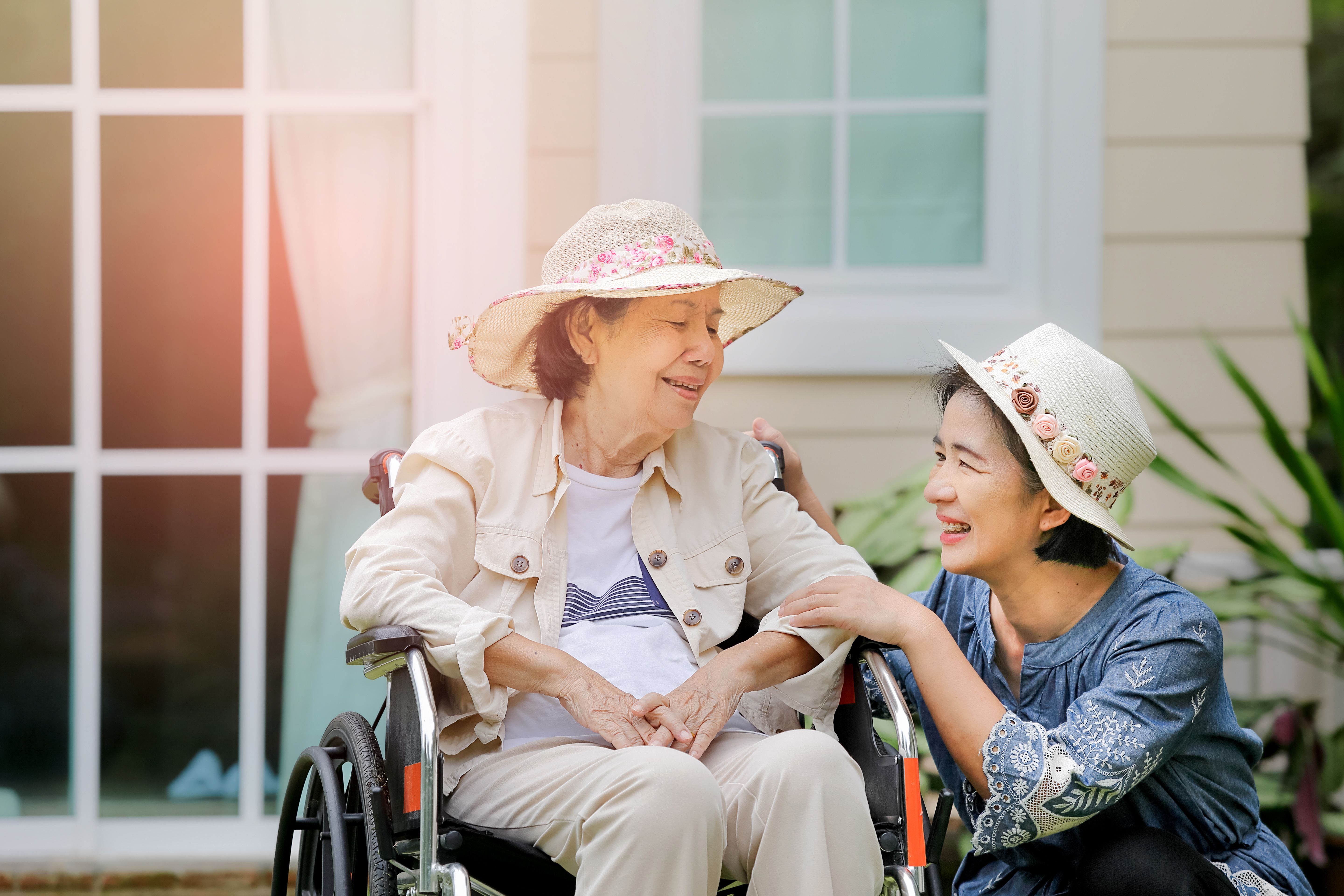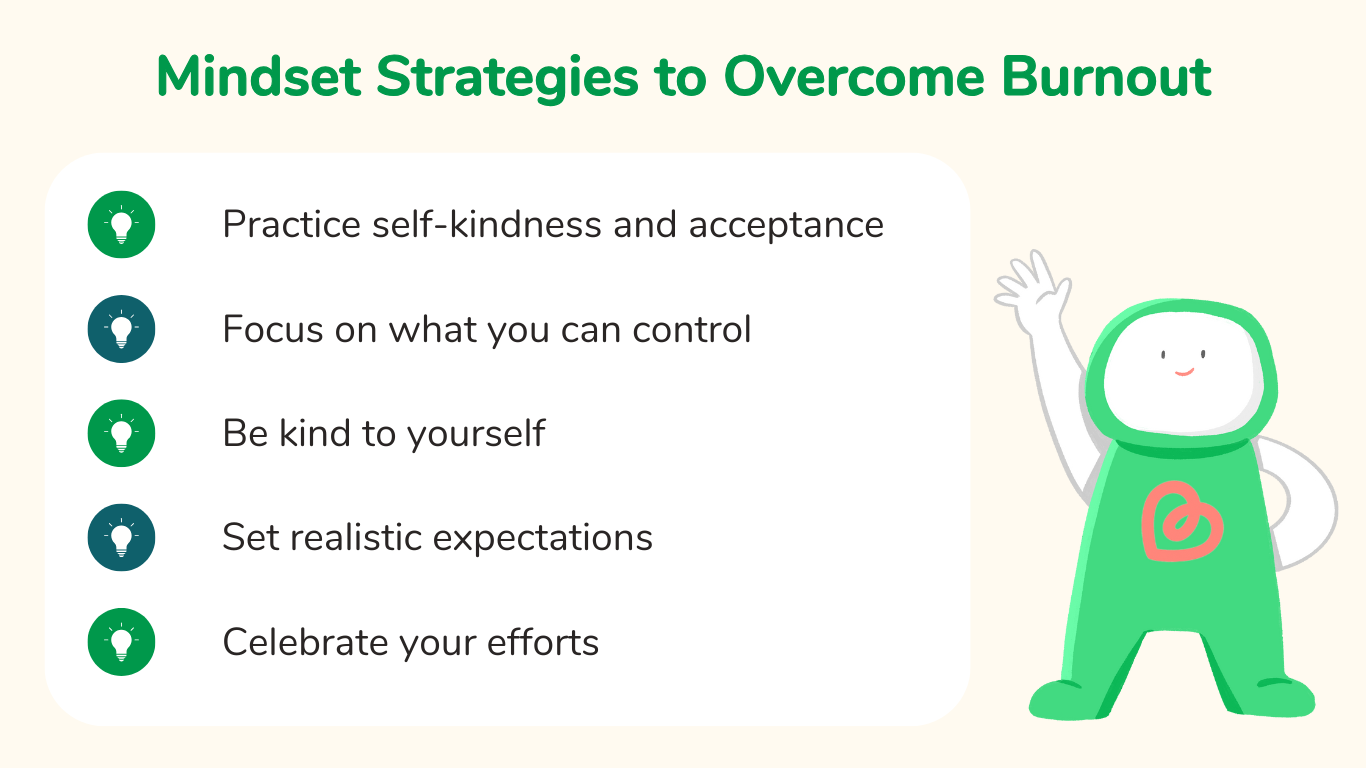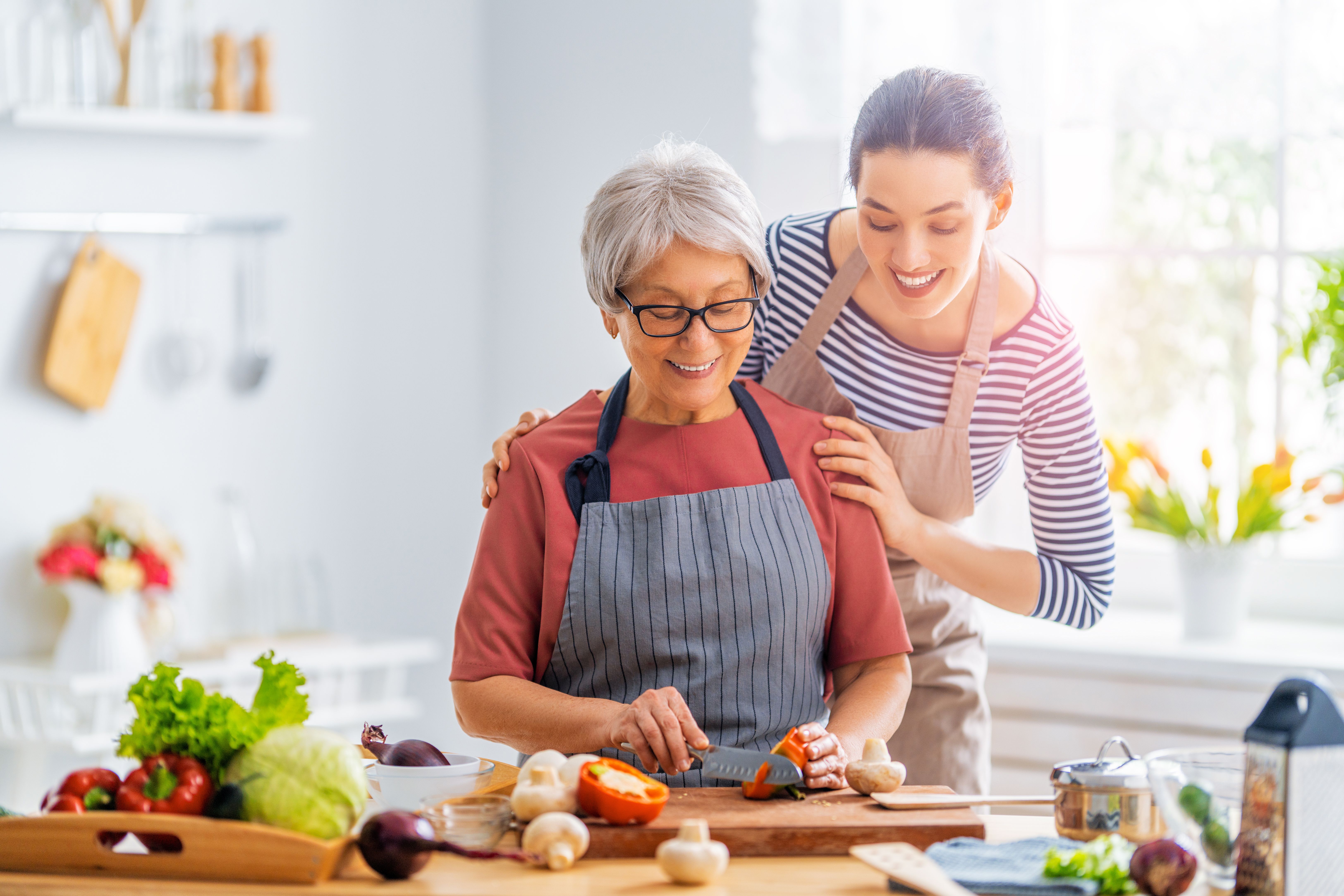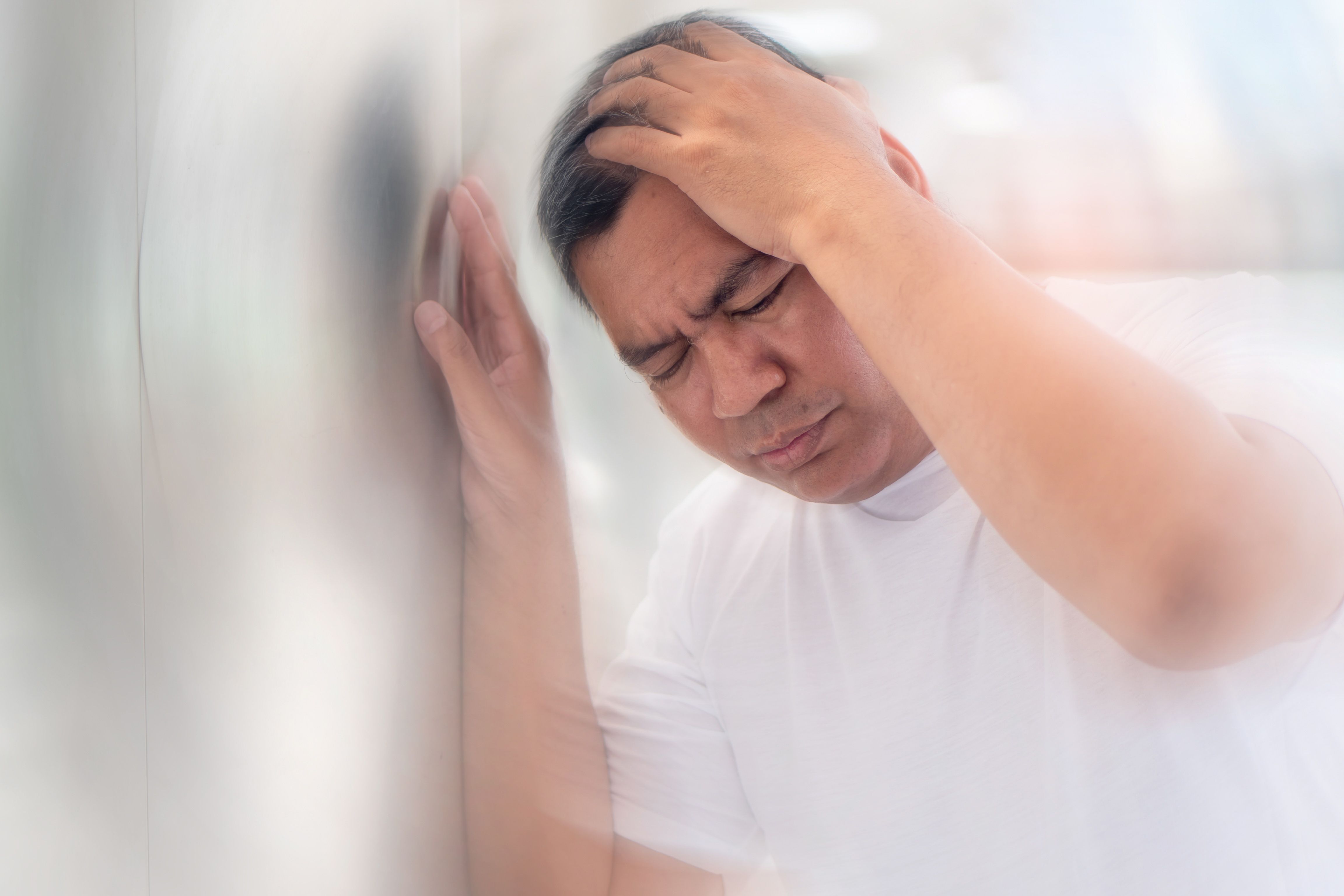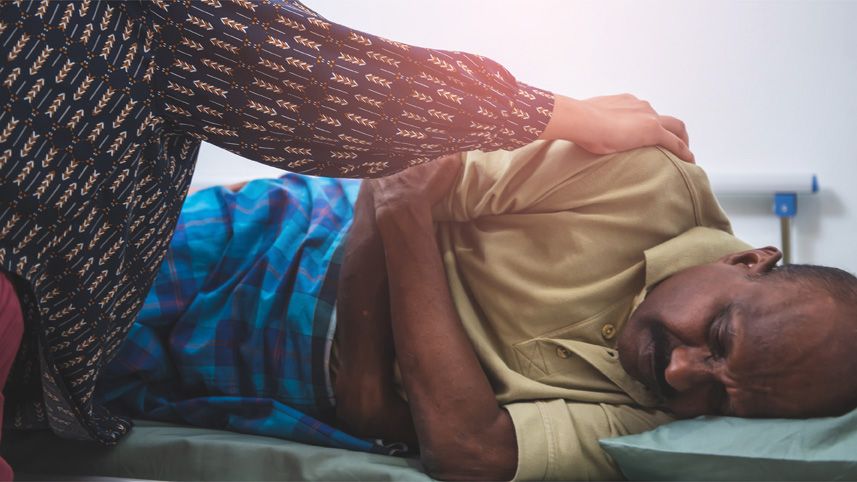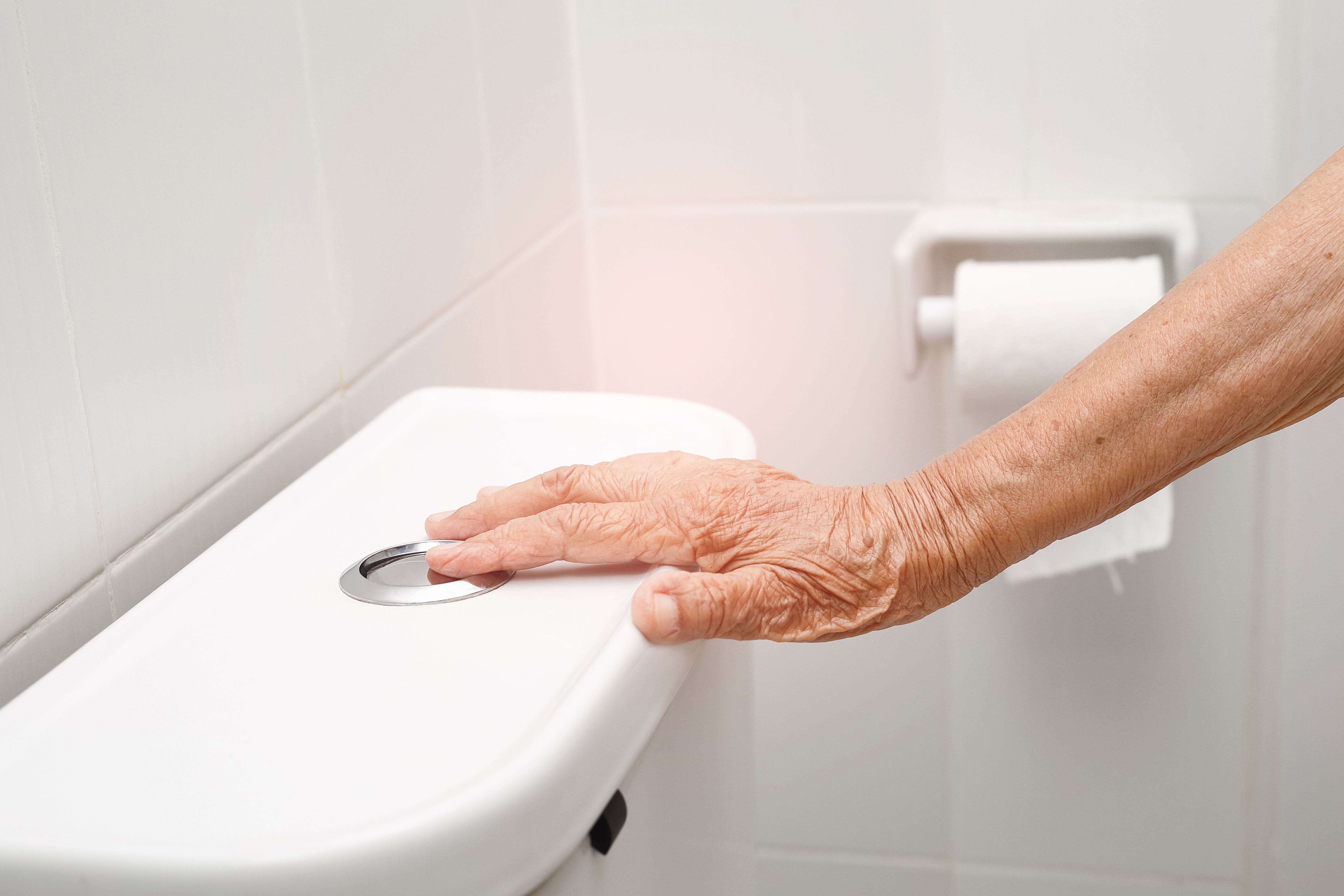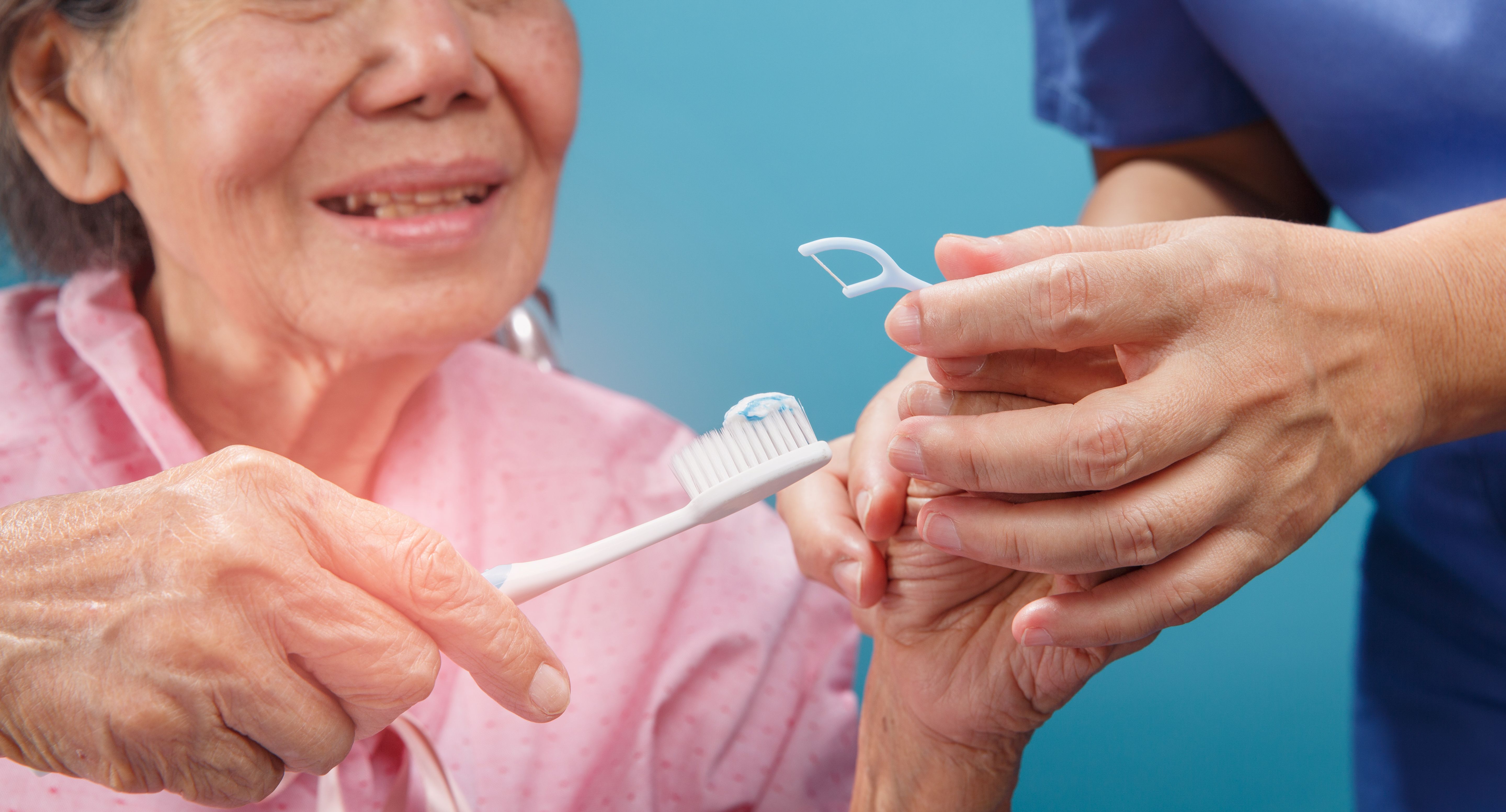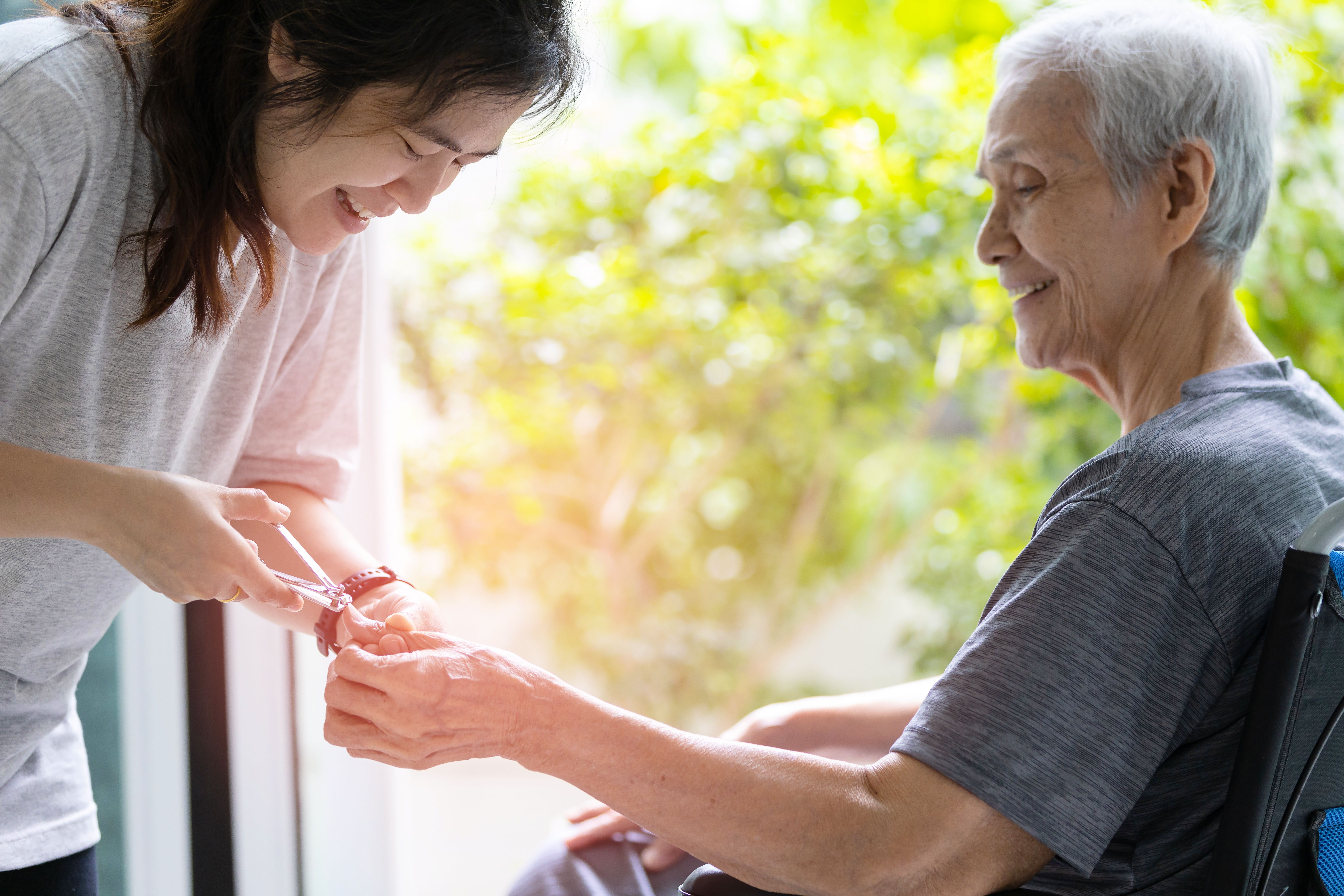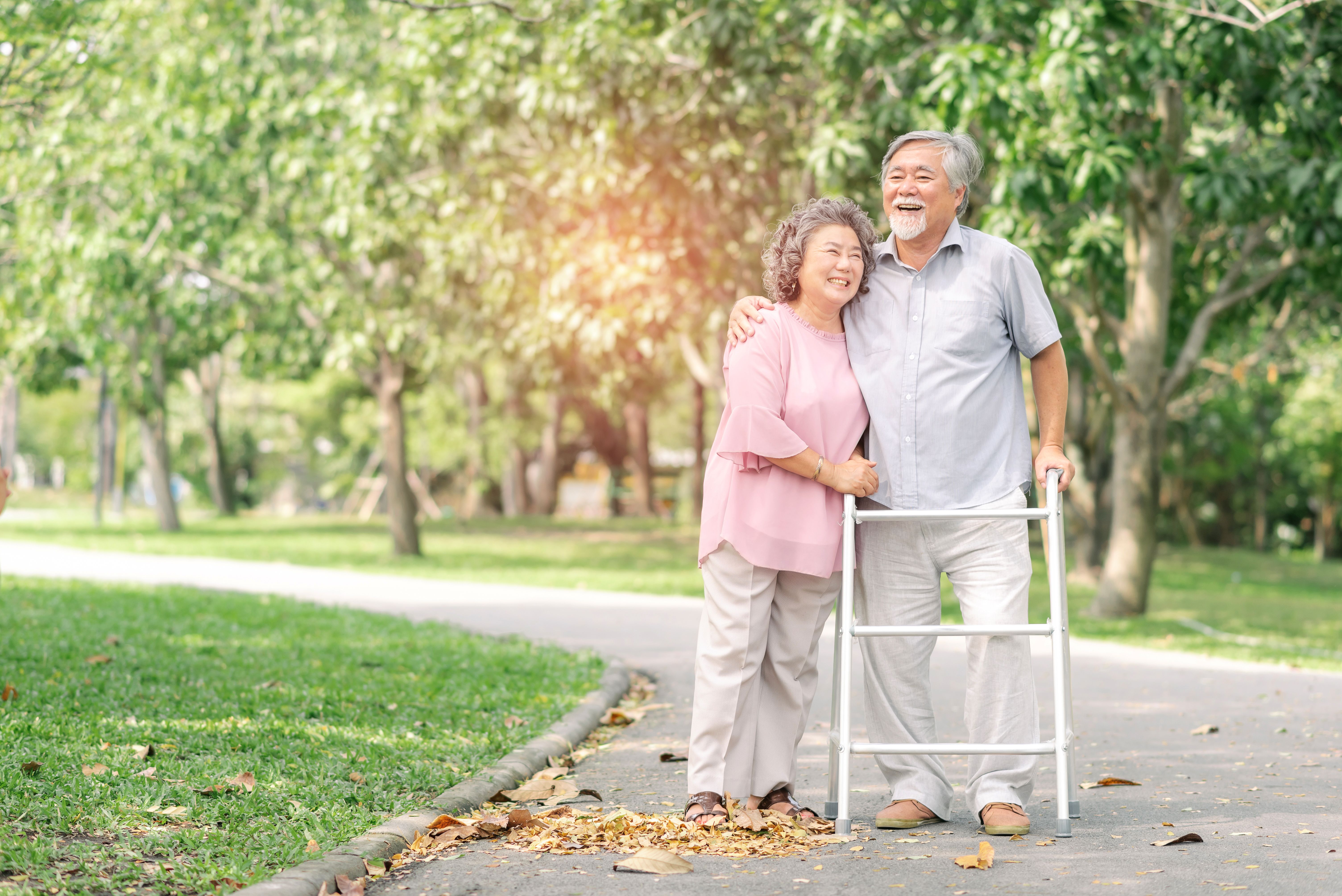The follow through: Care and recovery after a heart attack
- CareBuddy
- 4 Mins Read
- 20 Sep 2022
- Elderly Care

A heart attack is something no one ever wants to endure. The weeks following a heart attack can be physically and mentally the most demanding period of someone’s life. Thankfully, with the right care, recovery can be a little bit smoother.
Cardiac Rehabilitation is an umbrella term for all activities that help a heart attack survivor recover after a heart attack. A caregiver with knowledge, patience and understanding is crucial in facilitating this recovery.
There are 4 pillars of Cardiac Rehabilitation
- EAT RIGHT
- EXERCISE
- EMOTIONAL SUPPORT
- EDUCATION
Let’s look at each of these in more detail.
EAT RIGHT
The caregiver needs to ensure that the care receiver consumes a healthy balanced diet that incorporates a variety of nutrient-rich foods.
A well-balanced diet has
- More fruits and vegetables
- More wholegrains (e.g. brown rice, wholegrain noodles, pasta, bee hoon, chapati, millet, oatmeal, quinoa)
- More lean protein (e.g. eggs, lean meat, fish, skinless chicken, low-fat milk, soy milk, legumes, tofu, peas, beans, lentils)
- More unsaturated fats (e.g. olives, avocados, nuts, seeds and cooking oils made of these)
- Less saturated and trans fats (e.g. butter, fatty meats, chicken skin, coconut oil, palm oil, full-cream milk)
- Less sugar (e.g. sugary drinks, candy, pastries, muffins)
- Less salt (e.g. salty soups, flavoured rice, chips)
Aim for each meal to have
- ½ Plate Fruits and Vegetables
- ¼ Plate Protein
- ¼ Plate Wholegrains
EXERCISE
Of course, it will take time for someone who has recently suffered a heart attack to get physically active again. Understand this as you slowly ease the care receiver into exercise activities.
Start within their abilities and slowly build up their confidence. A good early activity could be tai chi, qigong or walking as these are low-intensity. After a few weeks, help them progress to more vigorous activities like brisk walking and light jogs, while being constantly conscious of their limits.
EMOTIONAL SUPPORT
The care receiver is experiencing what is probably the toughest time of their lives. On top of the fact that they’ve just had a life-threatening incident, they are also having to cope with sudden lifestyle changes, loneliness and fear of the future. It can be hard on their family members too.
This is why emotional support can be just as important as any other form of care. Be patient while physically supporting the care receiver. Be understanding in your conversations with them. Don’t become one more source of anxiety for them!
EDUCATION
Give a man a fish and he eats for a day, teach him how to fish and he eats for a lifetime, goes a common saying.
Caregivers would do a great service to care receivers who’ve recently suffered a heart attack if they educate them on their specific conditions and explain how they can manage it by ensuring a heart healthy diet, exercising through activities most suited to them, managing stress, maintaining their weight in a healthy range, and avoiding smoking.
Once they take their health in their own hands again, care receivers would be able to look forward to their future with confidence, knowing that they have what it takes to lower their risk of further heart attacks.
Article reviewed by Dr Peter Ting, Medical Director and Cardiologist, StarMed Specialist Centre.
